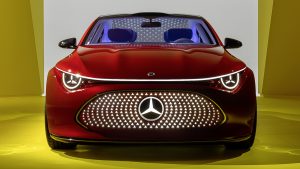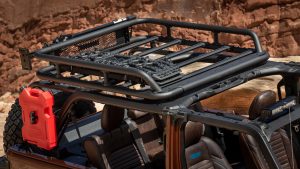There are many carmakers available in the market. However, most of them are owned by the same companies. Let’s dive into this big automotive oligarchy
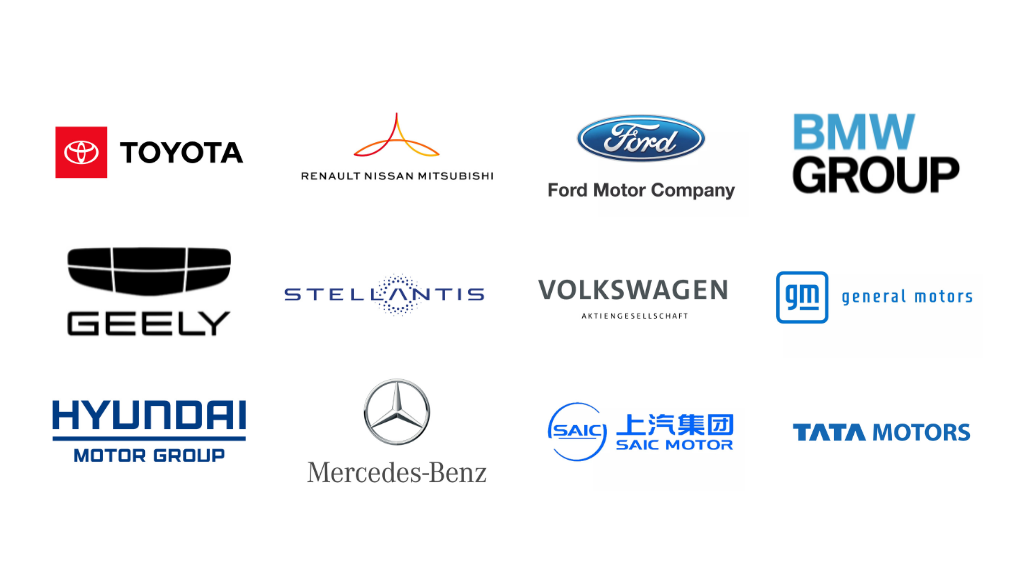
The automotive market is a hostile environment. Carmakers have to comply with government regulations, technological ups and downs, the fluctuations of a globalized economy, and the everchanging customer demand. Oh, and there is the little bit of extra pressure from having to wrangle with their competitors for each and every sale. It is easy to imagine that they can always use a new strategy to try and survive.
This time, we are going to discuss parent car companies. This is such an important topic that I once wrote an entire book on it, which will be available in English soon. For now, I am dedicating this article to a part of that topic that can easily be confusing: who owns which car brands and car companies? This article walks you through that corporate maze in an objective, yet informative way. I hope you like the reading.
Car company ownership
At first, each car company has one brand. If they end up with more, it as a consequence of working in the market. The most common case is when one acquires another, usually because of the latter’s bad financial situation. Chrysler, for example, is a car manufacturer that Fiat acquired in the late 2000s. At that time, the duo established FCA as the parent car company for both brands. But there is another common case.
In the late 1980s, Toyota wanted to venture into the luxury market in the US, but its image was associated with economy cars. It founded a whole new division, Lexus, to do that job. They work as independent, profitable car brands, each one with its own image. Honda and Nissan are parent car companies just like that: their own ones are Acura and Infiniti. Both were created around the same time for the same reason.
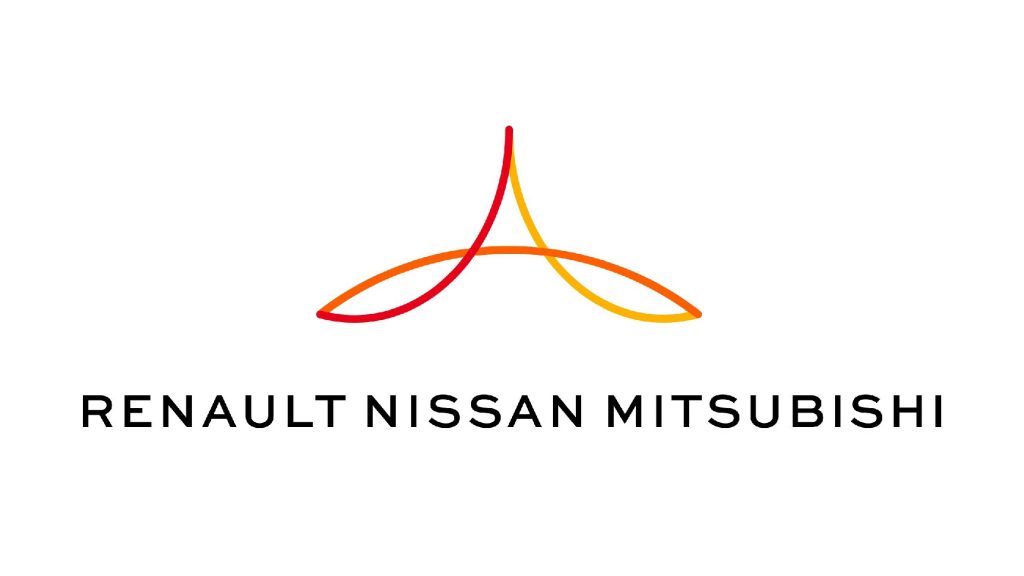
Alliance (1999)
This partnership started once Renault took control over Nissan. The French automaker saved the Japanese from tough times, and they gradually developed an interesting case of synergy. The Alliance faced some problems because of its CEO some time ago, but it bounced back well enough to add Mitsubishi to their portfolio. More recently, it went through a big reinvention to redefine each car manufacturer’s function.


Alpine (1955)
Jean Rédélé’s company started as a small car tuner. It made success in motorsport by working on Renault cars, which built a strong relationship with the French maker over time. Alpine was acquired in 1973 and had its own lineup of racing and urban cars, but that ended in the 1990s. After years merged into Renault Sport, the latest revamp made Alpine the new performance division in both fronts. It now sells the A110.
Dacia (1966)
The Romanian car brand was tied to Renault from the beginning: it would build some of its cars under license. The Dacia 1300 became successful thanks to its reliability and low cost, so the company gradually expanded it into a full line of regional variations. Once that model became too old, Renault stepped in to fully acquire Dacia and reinvent it with newer products. It is now the group’s low-cost brand in Europe.
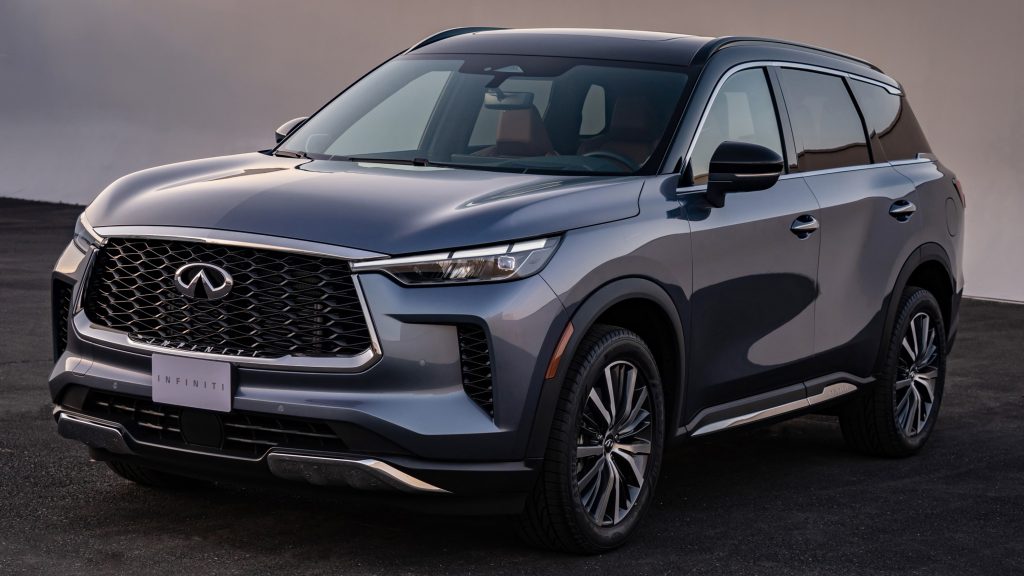

Infiniti (1989)
Just like Acura and Lexus, Infiniti came as a luxury car brand in the USA. Nissan was focused on low-cost cars and trucks there, so it needed a new brand to try and sell more expensive models. At first, Infiniti had nothing but rebadged models originally developed for Japan. Once it reached a steady sales performance in the region, it earned its own line. As you can imagine, it sells some sedans and many SUVs nowadays.
Mitsubishi (1917)
The Japanese giant has been present in so many sectors that it is difficult to keep track. When it comes to cars, it became popular around the world thanks to the Pajero SUV and to sports cars such as the 3000GT, Eclipse, and Lancer Evolution. Sadly, recent financial crises forced it to focus on city cars especially after it became a part of the Alliance. Its current line is considered mundane compared to what it used to offer.
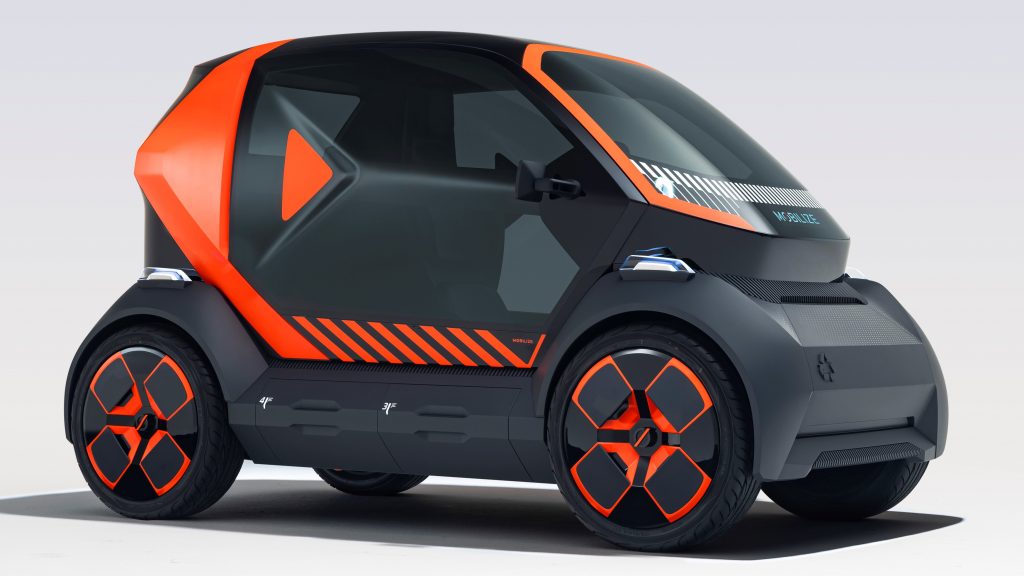
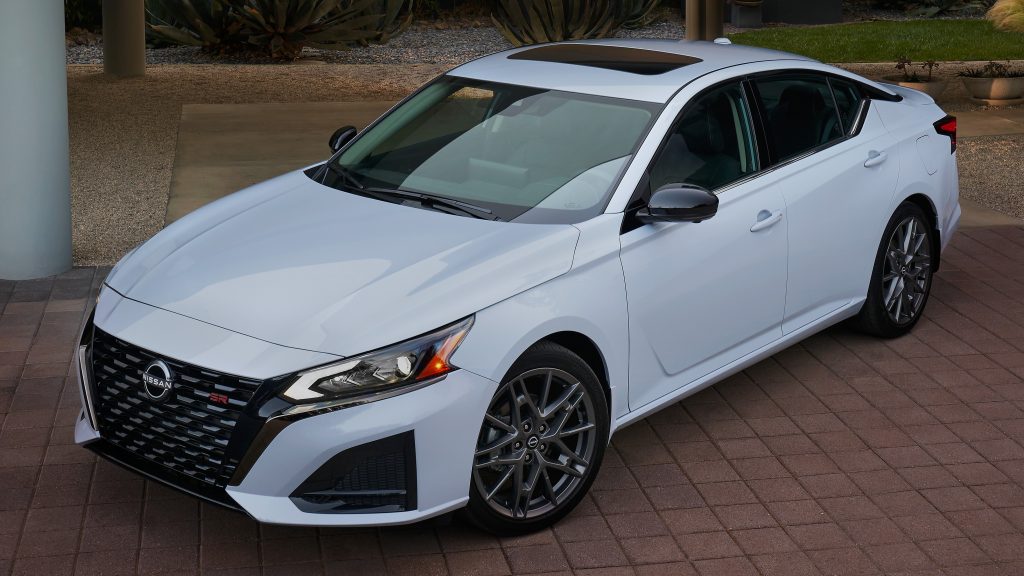
Mobilize (2018)
The joint venture with Chinese company Jiangling created a whole new brand. Mobilize specializes in cars for public transportation in Europe, such as ride-sharing or taxi. More recently, Renault’s Twizy received a new generation under the new brand to offer yet another option. The goal is to concentrate new vehicles and new forms of ownership under Mobilize, such as renting per minute of use or for a fixed duration.
Nissan (1933)
The Japanese company succeeded Datsun, although both names were used for some time. Like Toyota, it has operated in pretty much every single car category and had successful cars in most of them. Becoming partners with Renault was essential to keep it competitive: the companies now share platforms and create joint projects with distinctive images. As a result, their lines are highly competitive in the global market.
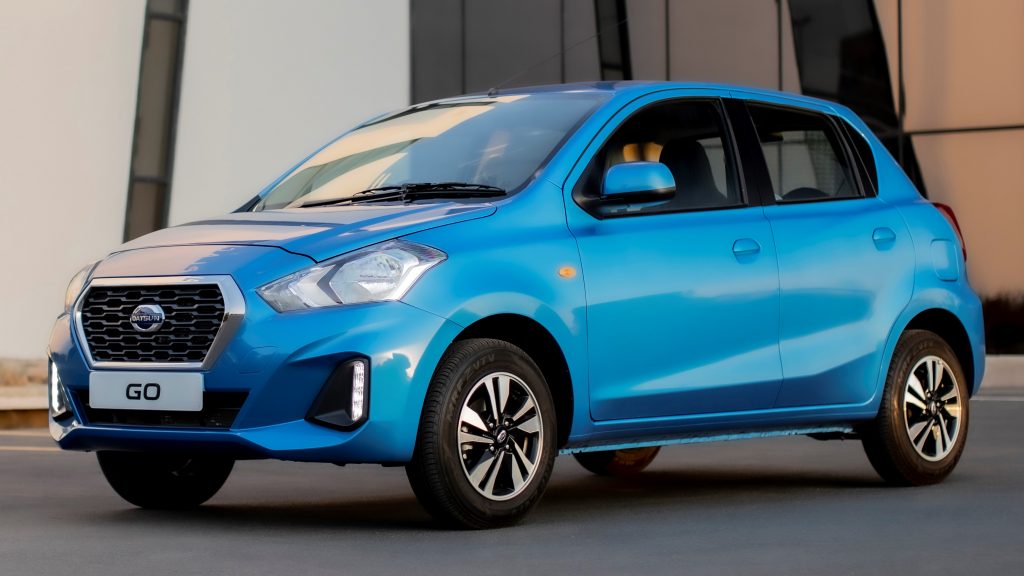
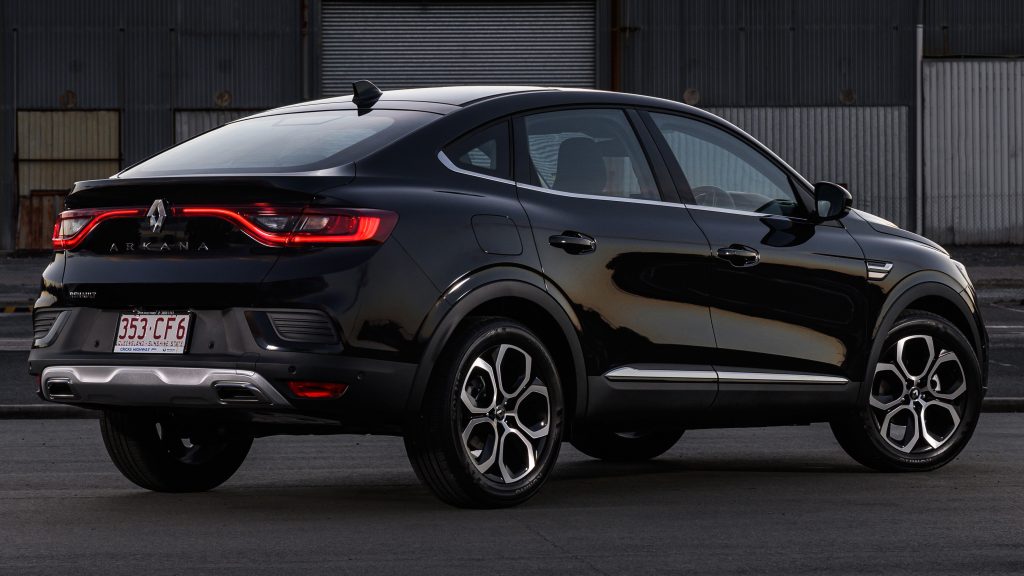
Renault (1899)
This company has become a part of France’s recent history. Its factories helped the country during World Wars I and II, and the government has had different participations in it. The Alliance with Nissan came 20 years after the one with AMC ended. While it started to save the Japanese side, it ended being beneficial for both. In fact, this partnership is helping Renault fund its long-term plan to embrace electrification.
Extinct car divisions
On the French side, we can mention Renaultsport, which became the new Alpine, and Samsung Motors in South Korea. The latter used to exchange models with Renault, but now became officially named Renault Korea. From the Japanese, there is Datsun: the automaker tried to use it for export markets in the 1970s, then for low-cost models in Asia in the 2010s, but nothing went well. It has been officially discontinued.
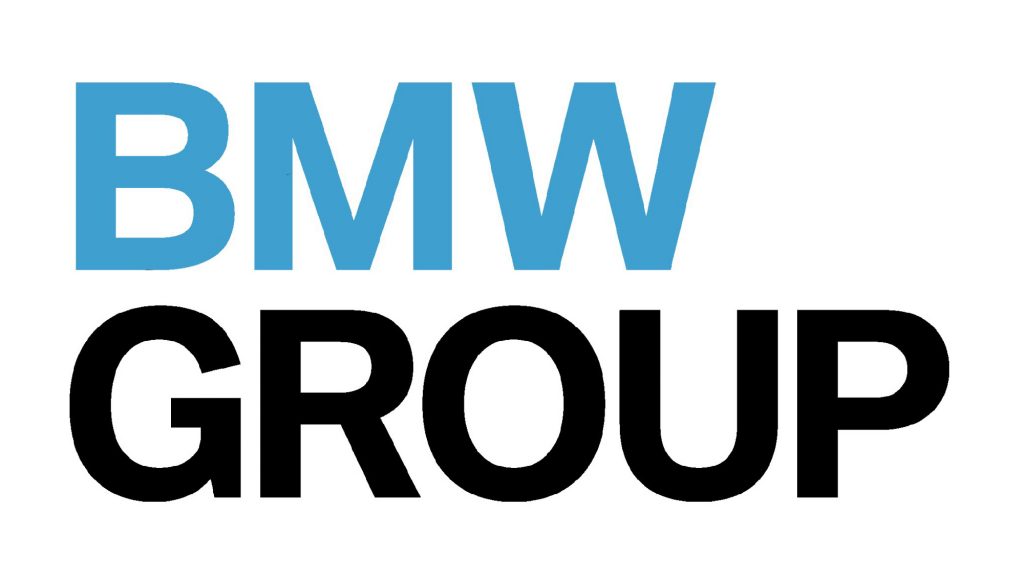
BMW Group (1916)
Bavarian Motor Works was founded in aviation before it moved to cars. Once it did that, the first models were quite generalist. Its commitment to quality made it successful when pursuing both high luxury and top performance cars with mechanical excellence. BMW eventually made itself a German powerhouse, posing fierce competition against Mercedes-Benz. They have become archenemies in the luxury market.
Now, that rivalry does not imply that BMW copies its nemesis. On the contrary: it has developed an image of its own, with particular attention to the pleasure of driving. More recently, it decided to challenge the status quo with its external design identity. Models such as the latest 4 Series and the X7 have received huge versions of BMW’s signature double-kidney grille, while the iX and XM are extravagant as a whole.


Alpina (1965)
The most popular BMW tuner was founded in 1965 and has deepened its connection with the automaker over time. Nowadays, it executes some production activities at BMW’s own plant, like the B7’s production. That has granted it the status of car maker in Germany. Alpina started its activities by developing a new carburetor whose quality earned a certification from BMW. It was fully acquired by the carmaker in 2022.
Mini (1969)
The highly influential Mini Cooper was first released in 1959 by the British Motor Company. The carmaker went through several mergers and rebrandings until making Mini a car brand of its own to enjoy its sales success. BMW eventually acquired it as the Rover Group, in 1994, but resold it shortly after keeping only the Mini name. Then, it made it a regular car brand with a full line of products starting in the year 2000.


Rolls-Royce (2003)
It seems that troubled past is a common trait among British carmakers. After the separation from Bentley, the Rolls-Royce marque went to BMW, who used it to create a brand new division. Now twenty years old, it has specialized in ultra-luxury cars that blend classic refinement with modern trends. The carmaker now has an SUV (Cullinan), an electric car (Spectre), and a renewed division for customized works (Bespoke).
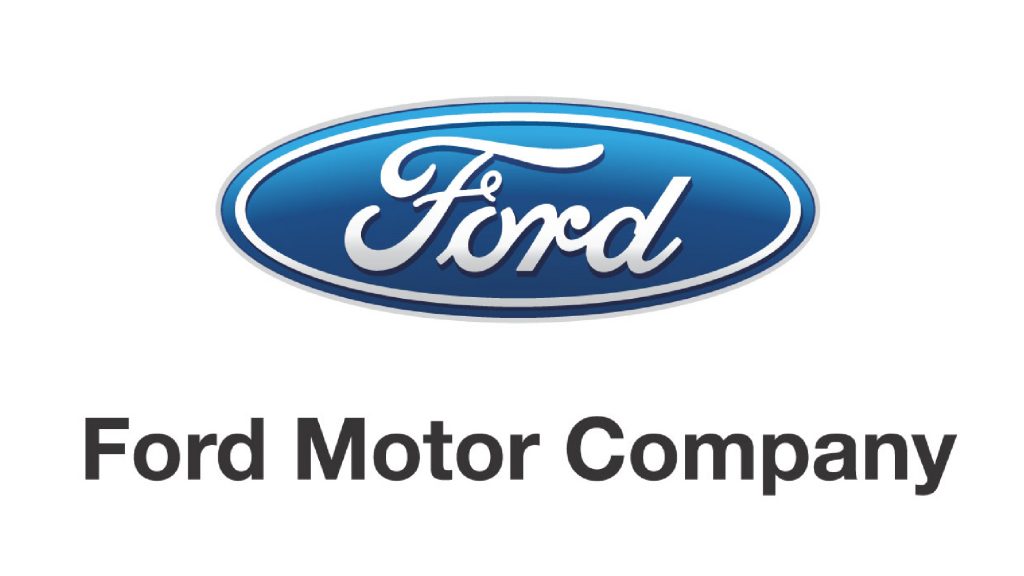
Ford Motor Company (1903)
Henry Ford’s automaker has done a lot. First, it revolutionized the automotive universe with the Model T. Later, it founded a line of trucks which came to include the F-150 best-seller. Then, it went through many ups and downs which included creating the Mustang during its Lee Iacocca era. Parallel to all that, it has invested in other divisions. Nevertheless, that venture has brought both positive and negative outcomes.
Nowadays, the main marque is optimizing itself. First, it ended slow-selling brands such as Mercury. Now, it is investing in multiple fronts. There are electrified models such as the Mustang Mach-E, emotional ones like the all-new Bronco, and a few generalist survivors here and there like the Focus. On the other hand, its image took a sharp blow in the past few years when it closed its local factories in Brazil and Australia.

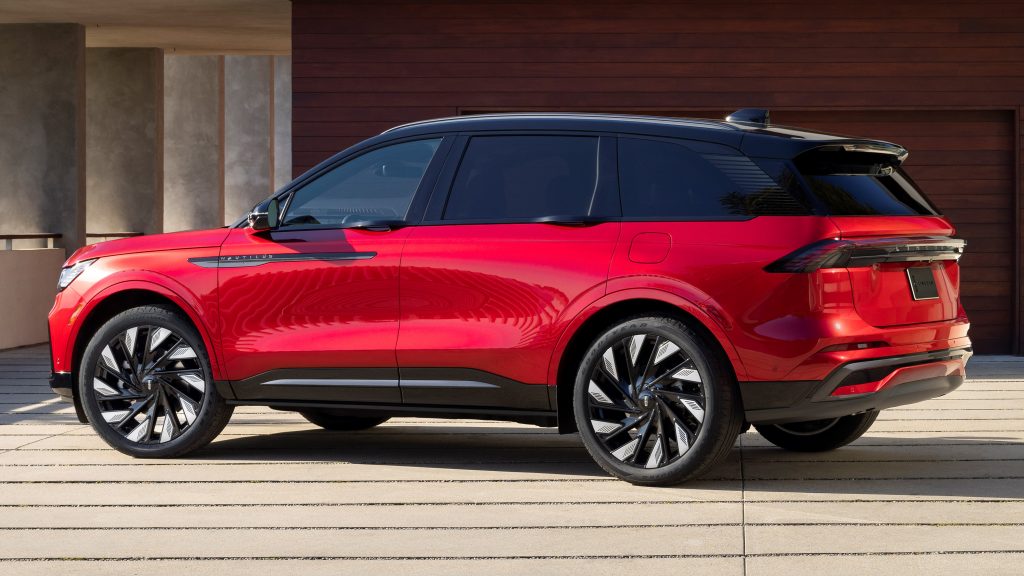
Lincoln (1917)
The automaker became a part of Ford when it was only five years old. It quickly became its luxury branch, churning out models such as the Zephyr and Continental. It entered a slump in the 2000s, when it limited itself to wrapping Ford projects in fancier trim and inexpressive names, but that ended thanks to the sales success of the Navigator. Nowadays, the division has replaced all its other models for a full line of SUVs.
Extinct car manufacturers
The most prominent was Mercury, which used to build intermediate models up to 2011. However, we can also mention Edsel, an innovative venture of 1957 which only lasted three years thanks to multiple issues. In the 1980s, the company used Merkur for captive imports in the USA, but that did not work well either. Last, but not least, Ford has had stakes in Aston Martin, Jaguar, Land Rover, Mazda, Troller, and Volvo.
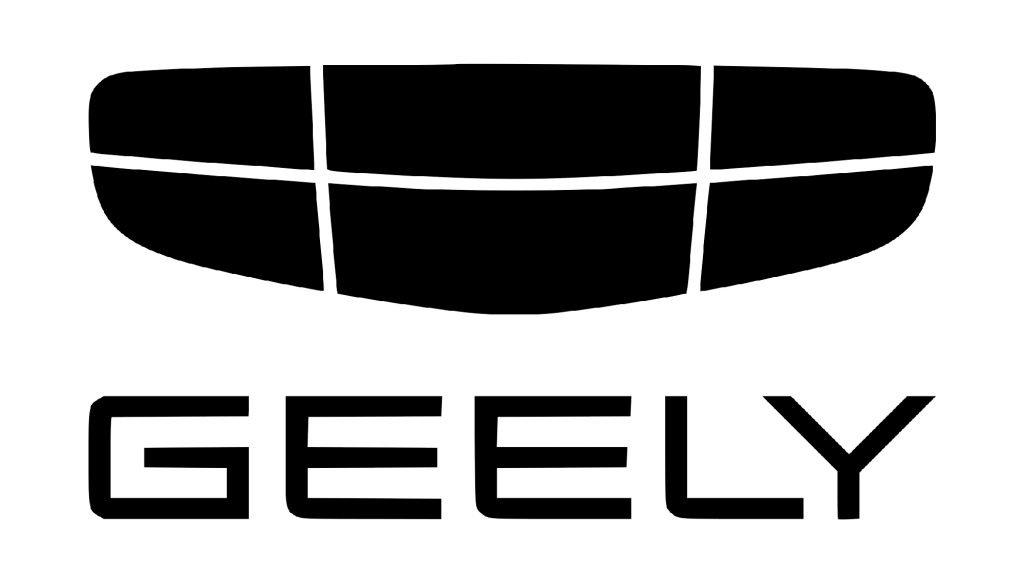
Geely (1986)
This brand has experienced a substantial growth over the past years. Not long ago, it used to limit itself to domestic projects of questionable design taste and moderate levels of quality. Over time, Geely managed to sell more and become financially stable enough to invest in foreign ventures. To be more specific, it has been investing in the Lotus and Volvo brands and, more recently, in Lynk & Co., an initiative of its own.
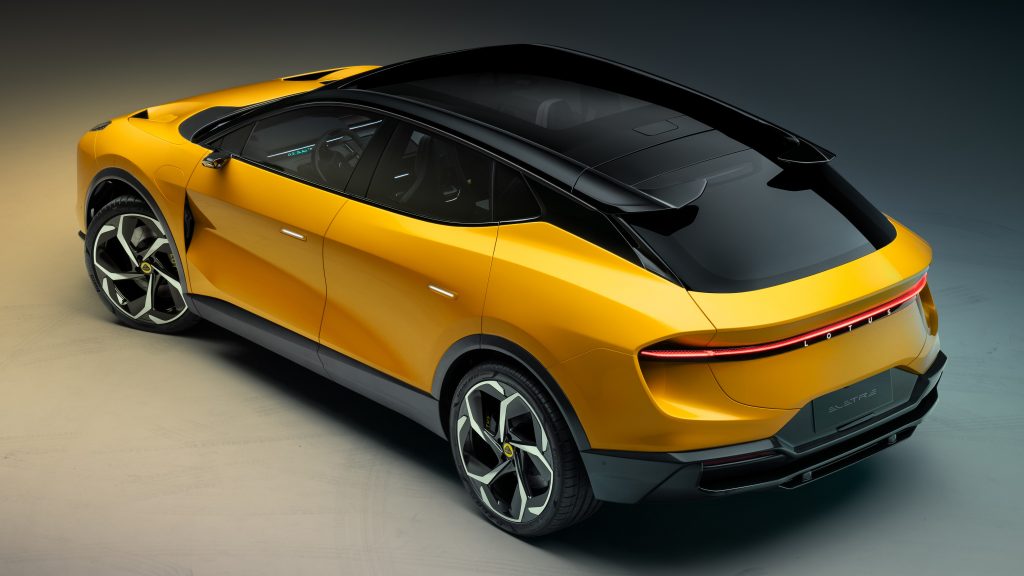
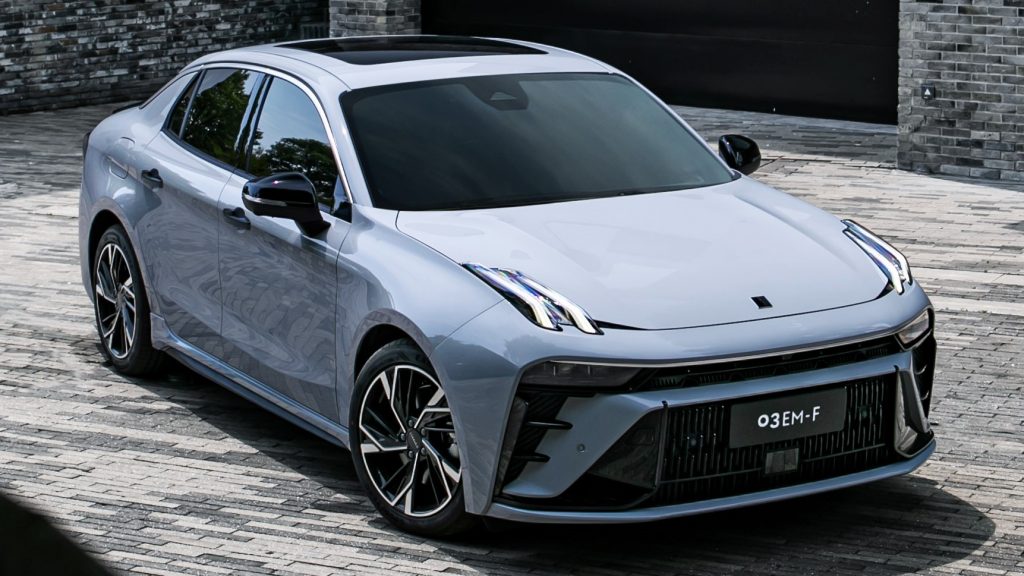
Lotus (1948)
This British brand established itself around lightweight sports cars. Models like the Seven, the Esprit, and the Elise offered unique handling characteristics that entice anyone who enjoy performance driving. The problem is that such a restricted market niche does not sell much. Under Geely’s takeover, the automaker is now executing a reinvention plan with more profitable models and, of course, a push for electrification.
Lynk & Co (2016)
Geely and Volvo co-founded this division focusing on the latest mobility demands. A main difference is its direct-sales model, which is similar to Tesla’s. Buyers can individually customize their cars with equipment packages either online or at a physical store. They can also opt for a subscription if they prefer. As of now, Lynk & Co offers a full lineup of hybrid and electric vehicles, including SUVs of all types and a scooter.
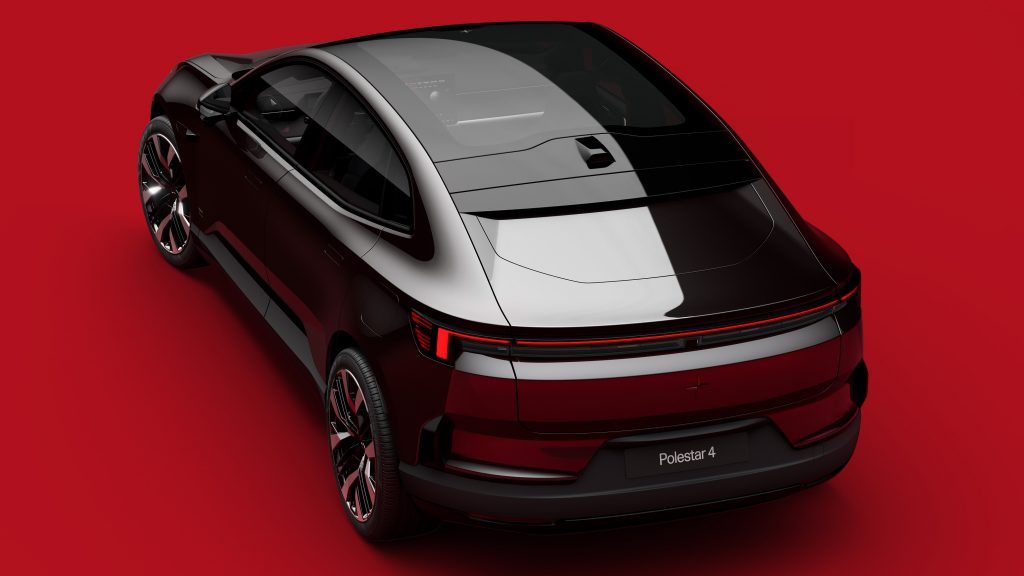
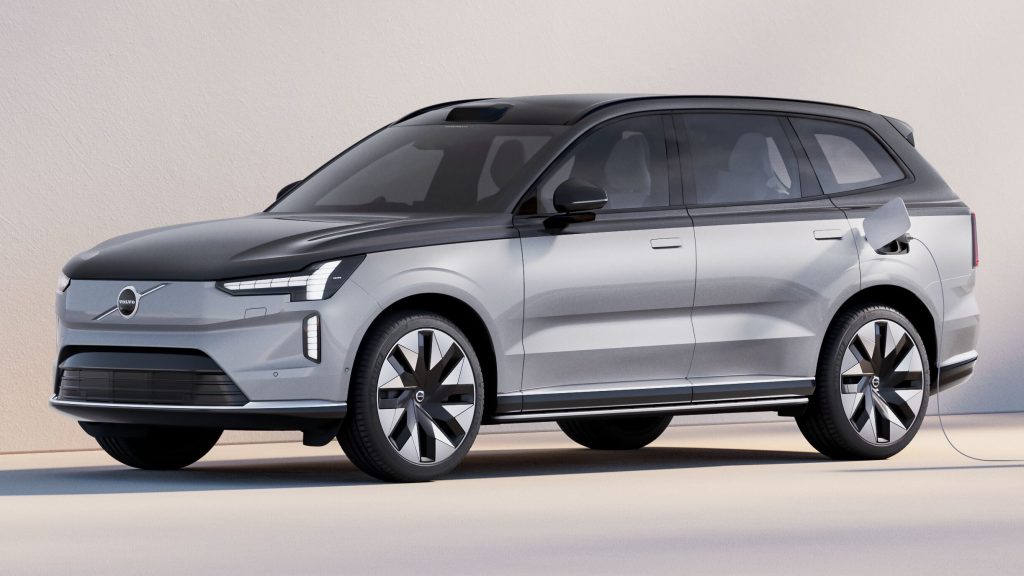
Polestar (1996)
This company was founded as a racing team and quickly associated itself with Volvo. Over time, it became its official partner, developing sporty versions of its cars pretty much like AMG does with Mercedes-Benz. And, once again like that, the partnership evolved into full acquisition. In this new phase, Polestar reached the status of standalone brand and became sort of Volvo’s premium, sustainable and electric alter ego.
Volvo (1915)
The Swedish brand has built a strong reputation based on prioritizing safety. However, it spent most of its time neglecting design, which led to very boxy cars and mixed feedback. Once it started to invest in that, backed by Geely’s aid, it saw a strong sales boost. These days, Volvo is adding a pursuit for electrification: it is reinventing its entire line with electric equivalents of its top-selling models such as the XC90 SUV.

General Motors (1908)
If we wrote this article in the 1990s, this section would easily be the longest. The North American giant is known for having operated in the entire world with countless brands, whether created by itself or bought. However, it is easy to figure that such complex operation was difficult to keep. GM has powered through financial crises of all types, as well as times of prosperity, so it had to reinvent itself in many occasions.
Compared to that time, GM has optimized itself. It closed some of its divisions, sold other ones, and kept only those which it considered to have the highest potential. Besides, it has concentrated its work in key regions such as China and the Americas. We are only going to list wholly owned brands here, but we have to mention that there are some joint ventures too. Baojun and Wuling are two of them created with SAIC.

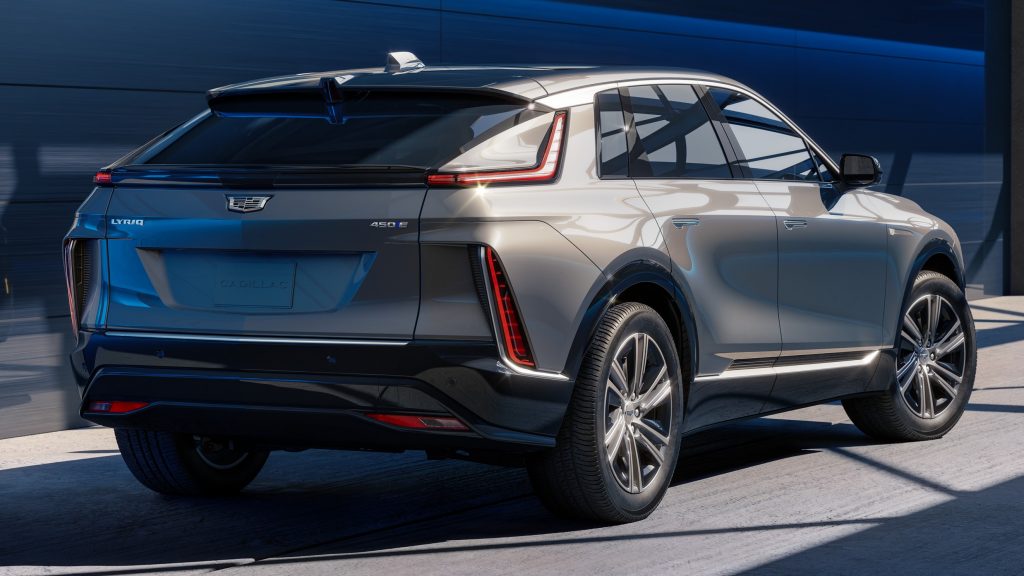
Buick (1899)
Despite not being the world’s oldest car manufacturer still active, it has gone through many ups and downs. Buick became a part of GM’s intermediate portfolio, but things became tough once it was forced to sell rebadged cars with uninspiring design. Nowadays, it is going through a reinvention helped by its Chinese division in order to offer elegant, yet modern models in both that region and its home country.
Cadillac (1902)
GM’s longtime luxury branch cemented itself in the North American market as the stalwart of traditional cars: long, boxy sedans and coupés with giant engines. However, that recipe quickly became a failure after so many economic crises. Nowadays, Cadillac is carving itself a new image using dynamic and innovative ideas. The Celestiq, for example, aims to be a subversive counterpart to Bentley and Rolls-Royce models.
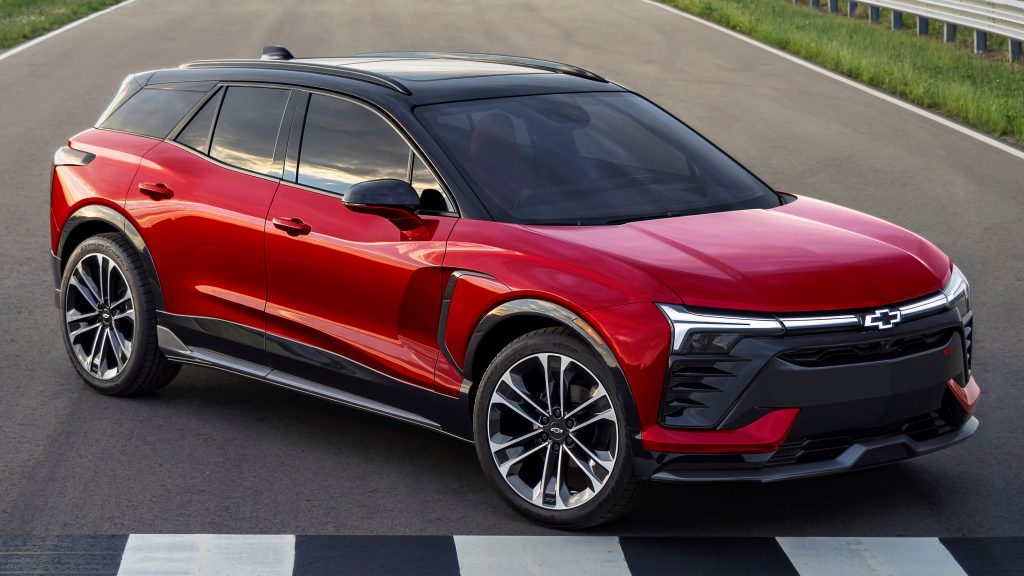
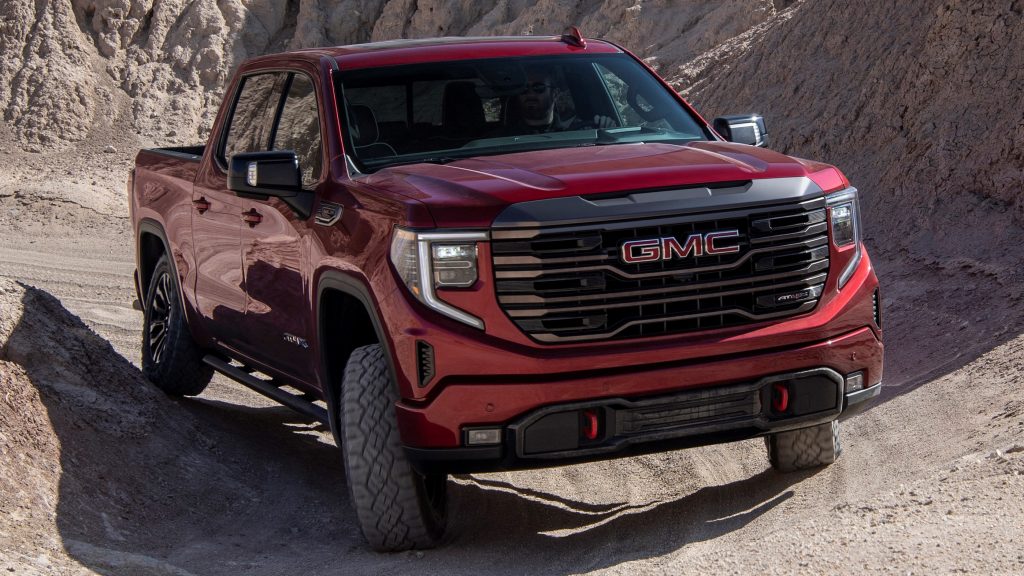
Chevrolet (1911)
This brand is so popular that many people mistake the whole GM for it. We cannot say that it is GM’s low-cost division because it has built everything from the tiny Celta to the Corvette supercar. As if this was not enough, it has applied the bowtie badge on models developed by many other companies thanks to GM’s countless badge-engineering agreements. This is definitely one of the most diverse brands ever created.
GMC (1911)
Originally founded as GM’s division for commercial trucks, GMC gradually built a different image for itself. Sure, the large SUVs, pickup trucks, and vans have always been there. But since Chevrolet does the same, the specialized division tried its chances at an upscale niche. Nowadays, it offers a full line of models with the Denali high-luxury version, and has recently added the Hummer brand as a fully electric model line.

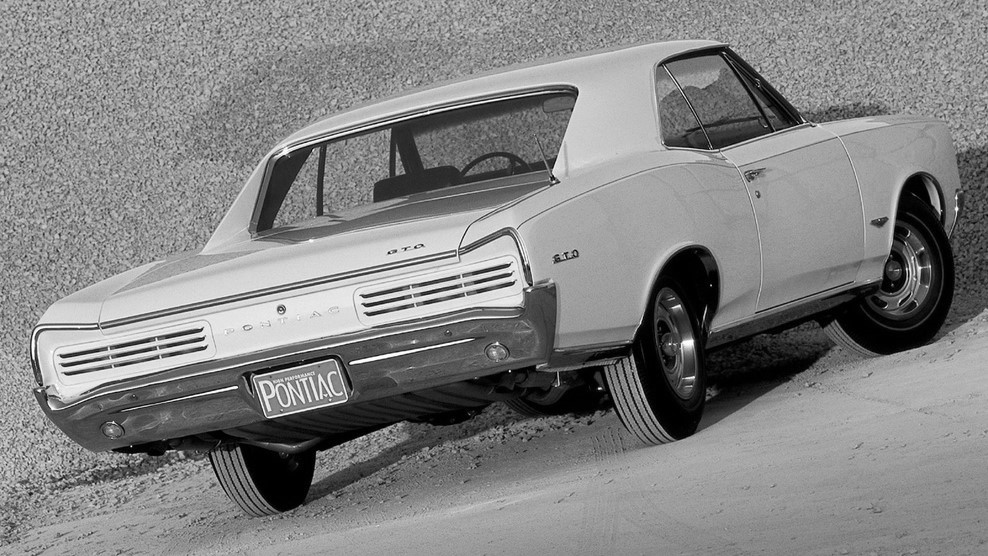
Extinct car companies
Oldsmobile and Pontiac used to compete in the USA’s midsize segment, just like Buick, until GM realized that three brands were too much. Saturn was born as an innovative brand but fell out of purpose. Holden and Saab were huge in Australia and Europe, respectively, but succumbed to financial issues. There were several captive import brands as well, such as Geo, but none of them did well enough to survive for long.
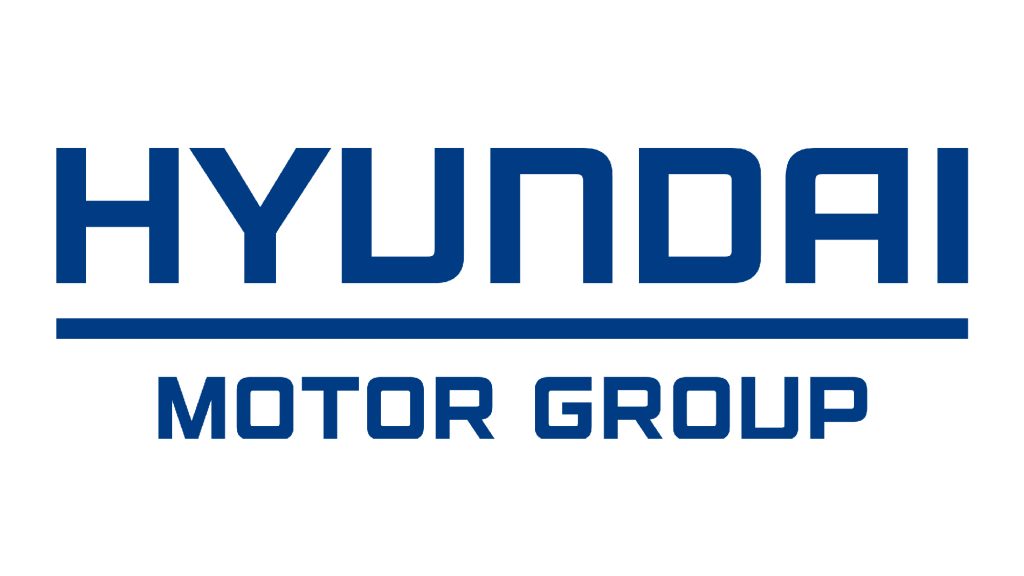
Hyundai (1967)
Until twenty years ago, we would barely think of Hyundai. The Korean automaker has always had a stable operation, but it used to offer generalist cars of forgettable design. Things had a drastic change once the company adopted its Fluidic Sculpture design language. After the Tucson and the Sonata, the entire line received sweeping lines and angular shapes that made these cars, and Hyundai, an immediate success.
That change was the catalyst of a revolution. The higher income made the automaker invest in hiring top-rated designers and improving its production activity. Hyundai cars became better in everything over the years, to the point of surpassing many traditional competitors. Nowadays, it has branched out using three standalone brands. The newest of them is Ioniq, with which the Koreans are embracing full electrification.
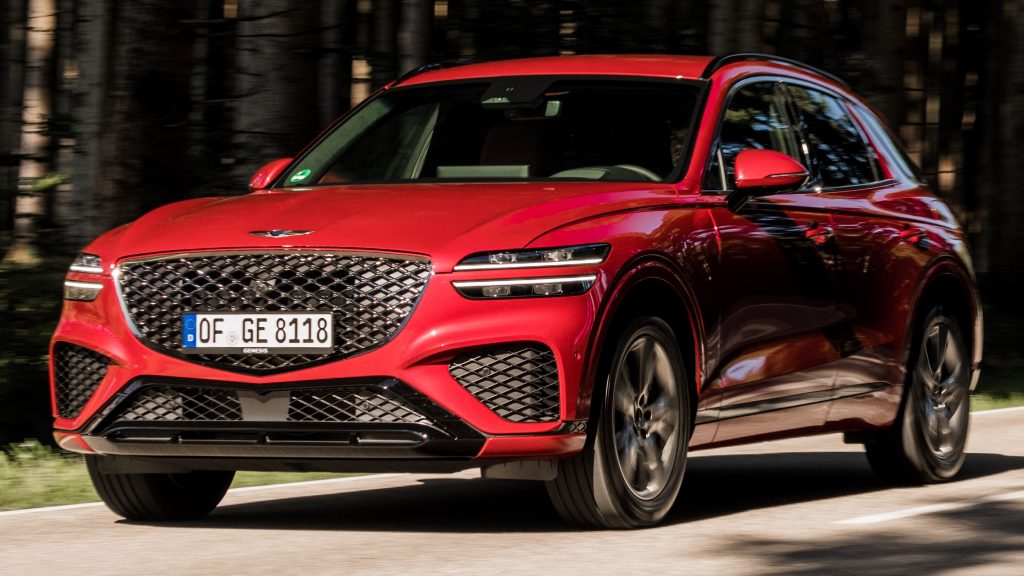

Genesis (2015)
Even though Hyundai has always been positioned one step above Kia, the car market always has room for more. The company evolved the Genesis sedan into a whole brand to build a separate image. This way, it can be more competitive against BMW and Mercedes-Benz, for example. To that end, it combines typical luxury content with subversive design. Those strong lines are easy to identify from anywhere you look.
Ioniq (2020)
Once the Hyundai group built such strong and clear images for each of its brands, it decided to focus the electric vehicles into a separate one. The beauty of Ioniq, however, is that it goes beyond that in practice. As you can see with its latest models, it aims to be a halo brand; it toys with retro and futuristic elements in a way that makes its cars instantly desirable. The group wants to sell one million EVs per year by 2025.
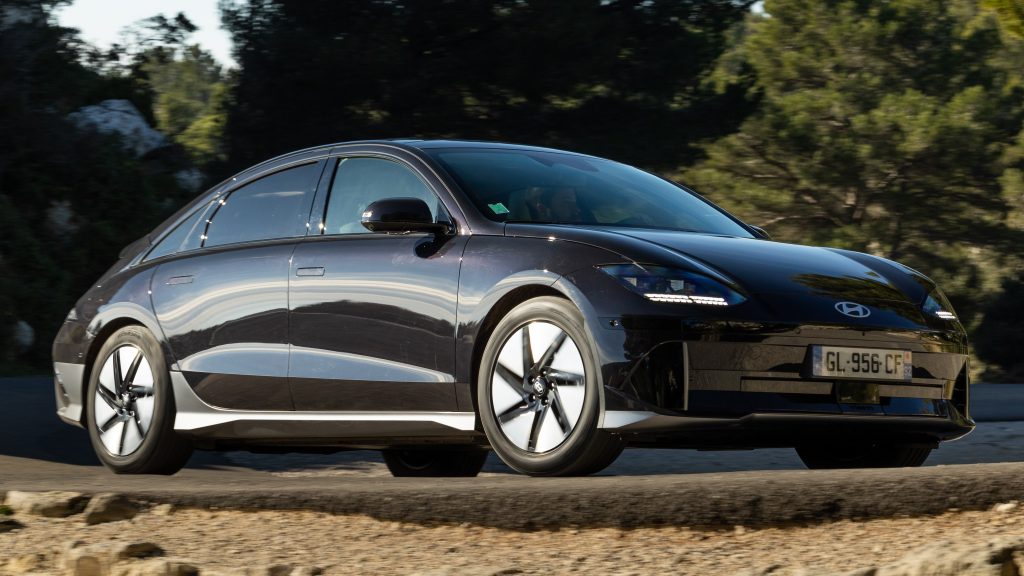
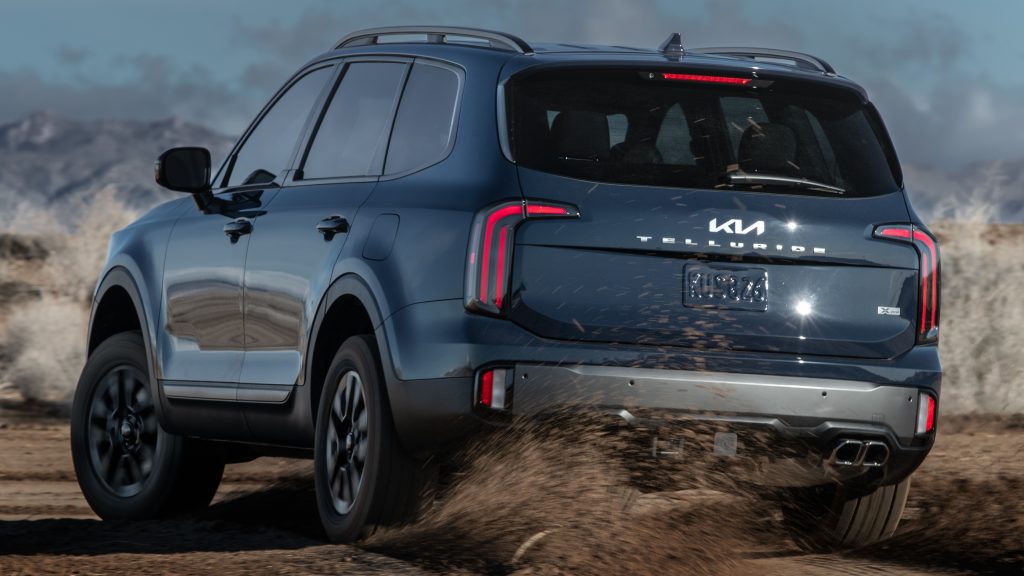
Kia (1944)
Just like Hyundai, Kia quickly rose to popularity thanks to a design revolution followed by a quality boost. In this case, the Tiger Nose identity created by Peter Schreyer made its cars not only more aggressive, but also more solid and impactful. The brand has become the entry level in the group, but it does not mean it offers low quality. Kia vehicles are just as good and reliable as Hyundai ones, only not focused on luxury.

Mercedes-Benz Group (1886)
This company was born as Daimler-Benz, after the merger of two of the oldest automakers in the world – in fact, Benz & cie. is credited with the very invention of the automobile. Daimler spent a long time as the parent company of Mercedes-Benz until it merged with Chrysler in the late 1990s for a short and troubled time. Nowadays, the Daimler name has been restricted to trucks while Mercedes-Benz is used with cars.
Moving on to Mercedes-Benz itself, we can define it as the most traditional reference among luxury cars. It has many direct rivals and they are getting better by the year, but Mercedes reigns supreme in people’s heads because of its commitment to overall quality and to tradition. That is not to say it is outdated: over the past few years, it has worked on multiple initiatives to adapt to the new times, such as the EQ cars.
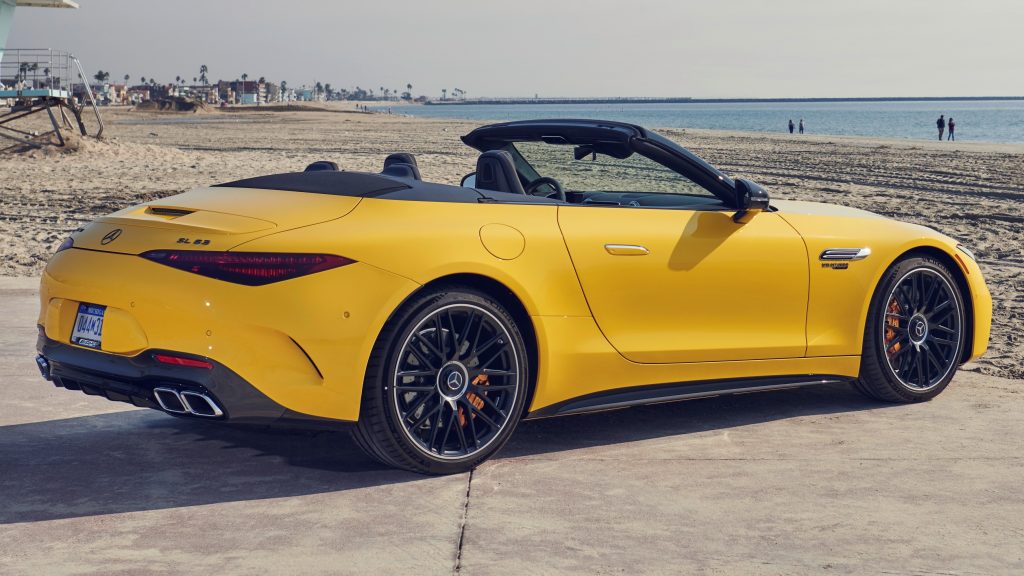
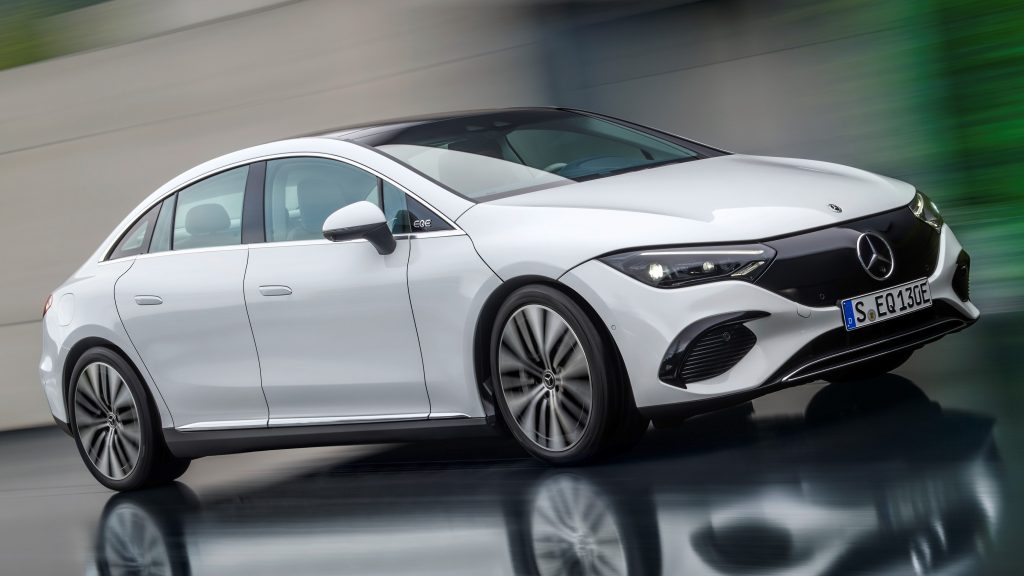
AMG (1967)
This company was founded as an independent tuner. However, it did such a great job with Mercedes cars that it gradually caught the automaker’s attention. They began to collaborate more deeply over time, and now Mercedes-AMG is a wholly owned subsidiary. It builds sporty versions for almost all its cars and, as of recently, some whole projects. That is the case with the AMG GT and the latest generation of the SL-Class.
Maybach (1909)
Wilhelm Maybach’s carmaker has always focused on high-end automobiles, back when there were many companies for a small clientele. Daimler acquired the company in 1960 and kept it dormant until the late 2000s, when it made a brief resurrection that did not go well. More recently, Mercedes-Benz has made it another sub-brand named Mercedes-Maybach, which makes ultra-luxury versions of a few of its models.

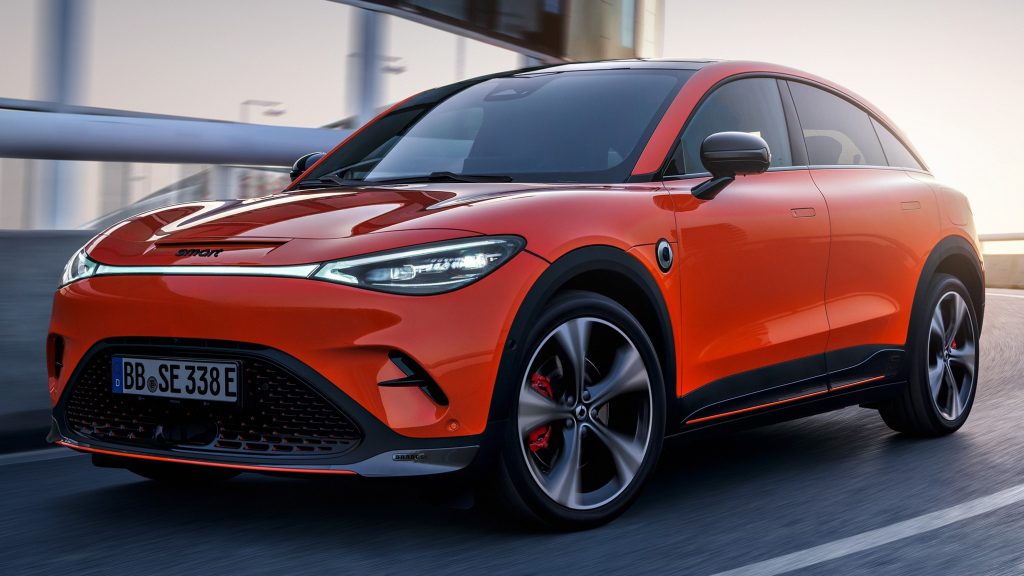
smart (1994)
The original idea came from the head of Swatch, a Swiss manufacturer of watches. Daimler embraced the idea and the first microcar arrived in the 1990s as a new solution for crowded cities. While that minimalist approach did not sell quite well, the brand slowly gained momentum over the years. It has recently gone through a reinvention with more conventional, yet still compact cars. All of them electrified, of course.
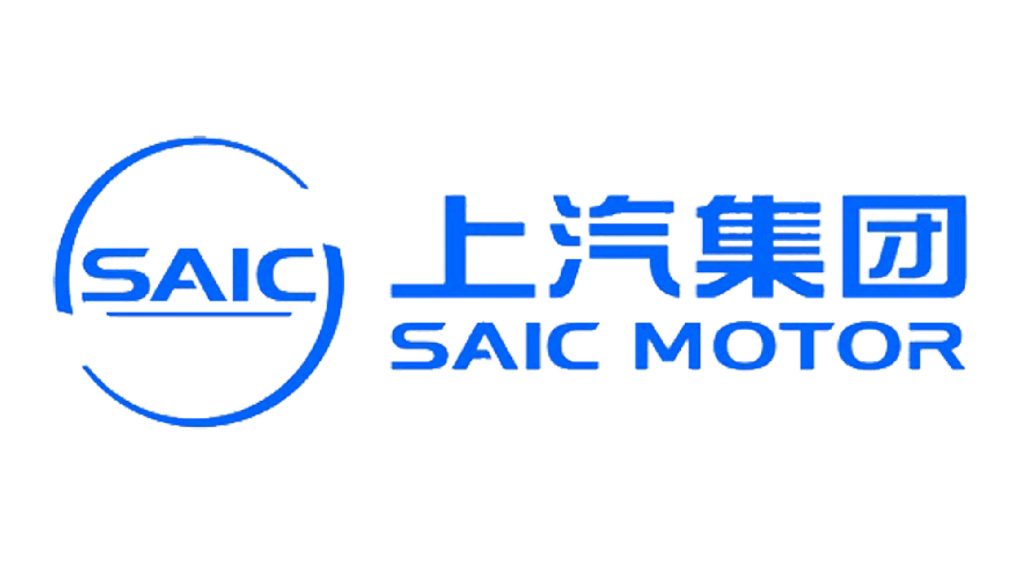
SAIC (1955)
The Shanghai Automotive Industry Corporation has become the largest Chinese automaker owned by the government in terms of volume. It became that big in the 1980s, when it quickly responded to a demand boost by forming joint ventures with GM and Volkswagen. Nowadays, although it keeps those operations active, it has built a thriving industrial activity of its own using new brands and reviving traditional ones.
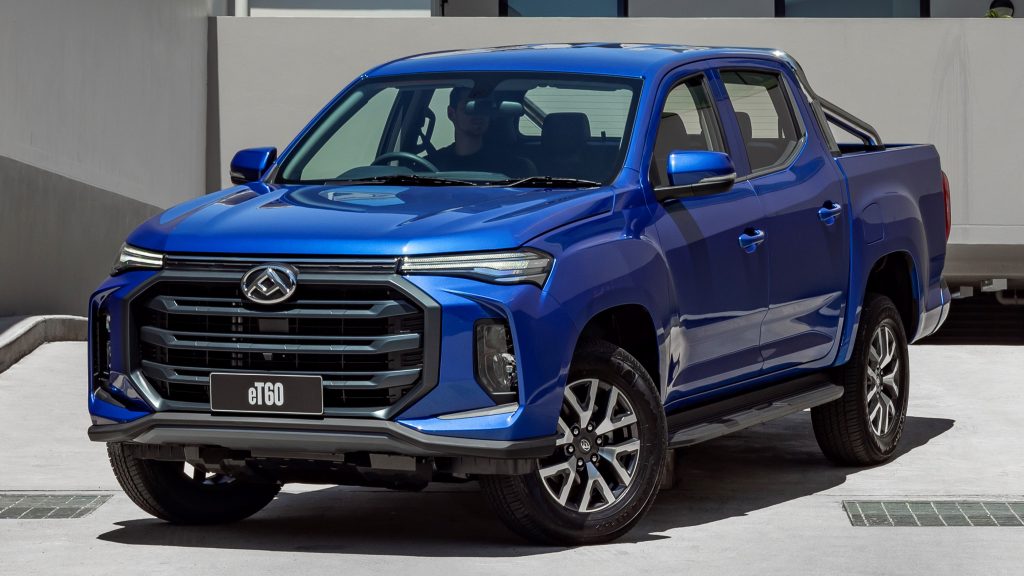
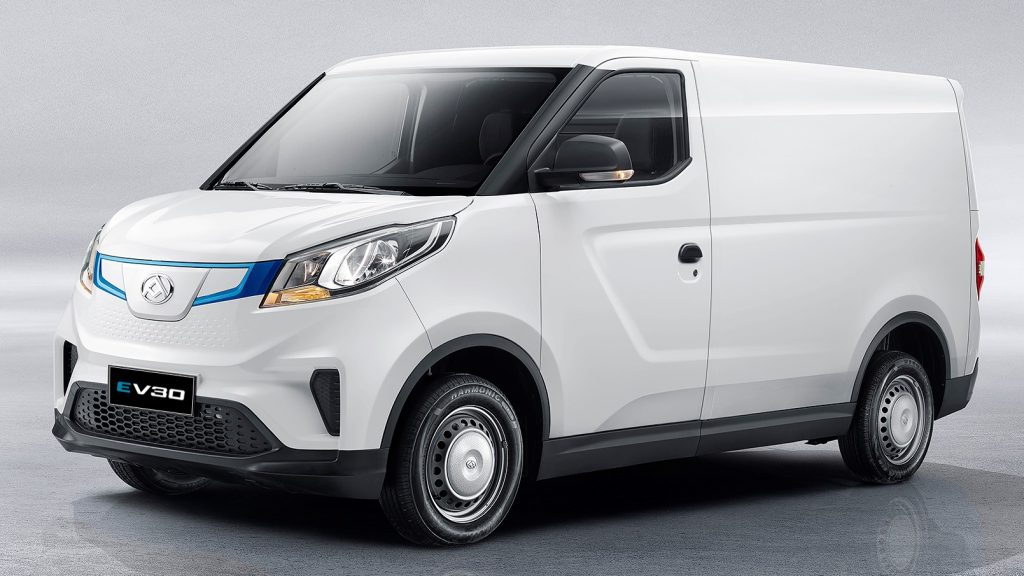
Maxus (2011)
This brand first appeared as a van model. It was built by LDV, a division of the now defunct British Leyland group. Maxus emerged as a standalone brand in 2011 starting in Asian markets, but gradually expanded to many others. It specializes at passenger and commercial vehicles such as MPVs, commercial vans, SUVs, pickup trucks, and even RVs. In some regions, these vehicles use the MG or even the LDV badge.
MG Cars (1920)
The dream of producing two-seat roadsters was too difficult to come true. MG traded hands several times over time because its parent company never reached financial stability. It spent some time building sporty versions of Austin and Rover cars until it went to Chinese ownership in the 2000s. SAIC eventually made it pick itself up, and now the British brand has a full line of competitive cars including an electric roadster.
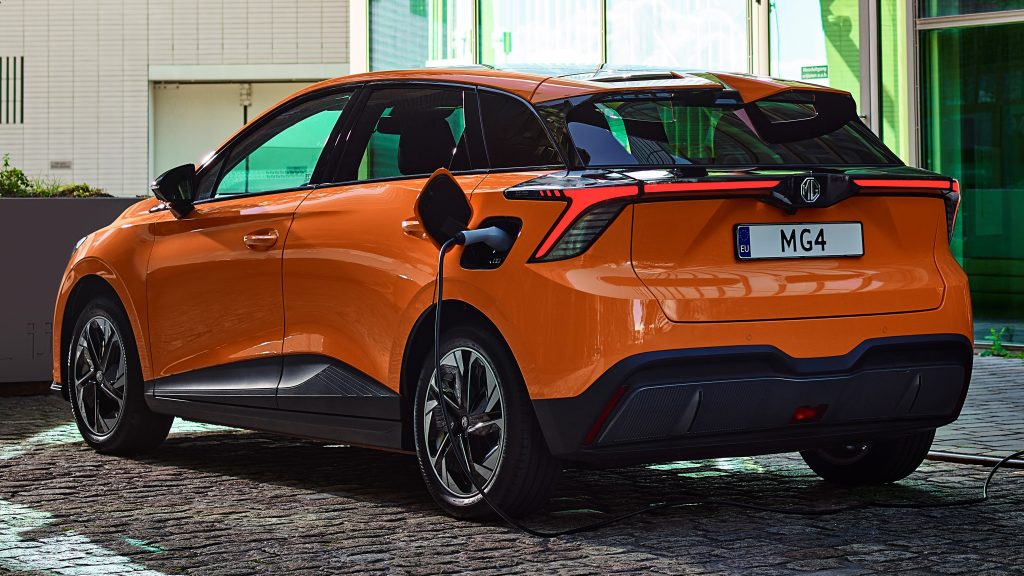

Roewe (2006)
When SAIC acquired MG, it could not get the Rover brand together because the previous owner, BMW, sold it to Ford instead. Even though the Chinese maker says that its brand is named after local characters that mean “glorious power”, we cannot help but notice how similar it sounds compared to Rover. It began using old MG Rover technologies, but now rebadges several of the new MG cars to sell only in China.

Stellantis (2021)
Let us take some time to understand how big this one is: Stellantis came from the merger of two major automakers which, in turn, came from the merger of other ones. It is a great example of what we mention in the beginning of this article: all those unions came as the result of trying to stay strong and competitive in today’s market. Some brands in Stellantis’ portfolio have their own history of trading hands as well.
You are going to see that this is the conglomerate with the most brands as of now. While that is beautiful in the eyes of an enthusiast, it poses a challenge to the company. After all, it is very easy to end up with cars that compete for the same audience. Stellantis has been working on it by investing more than ever in building a strong image for its popular car brands. Dodge, Jeep and Lancia are good examples of that.

Fiat-Chrysler Automobiles (2014–2021)
In the late 2000s, Fiat was surfing in GM money thanks to the settlement after ending a partnership they had for a brief period. Chrysler, on the other hand, was left with aging and uninteresting cars after leaving its partnership with Daimler. Once the 2008 financial crisis took place, the path to follow made itself clear. Fiat gradually acquired Chrysler so as to expand its operations into North America in a competitive way.
Now, it is easy to imagine that putting that merger to practice was not easy. Both sides were too different, so badge engineering had few chances of success – Lancia learned that the hard way. The partners chose to cooperate in less obvious ways, such as creating a strong identity for RAM as a brand and expanding Jeep into a global brand. Some of the plans made back then are being executed now, in the Stellantis era.
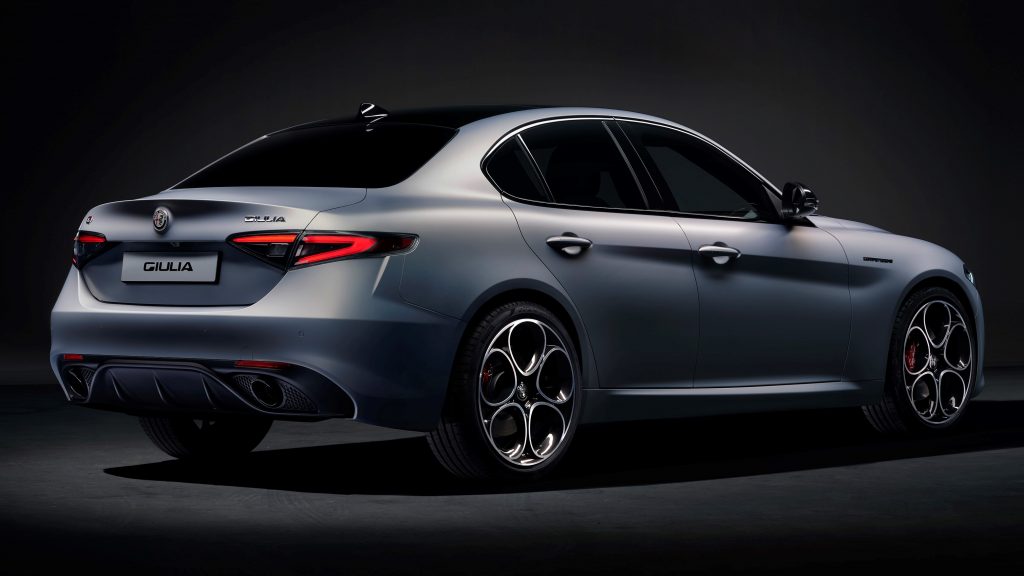
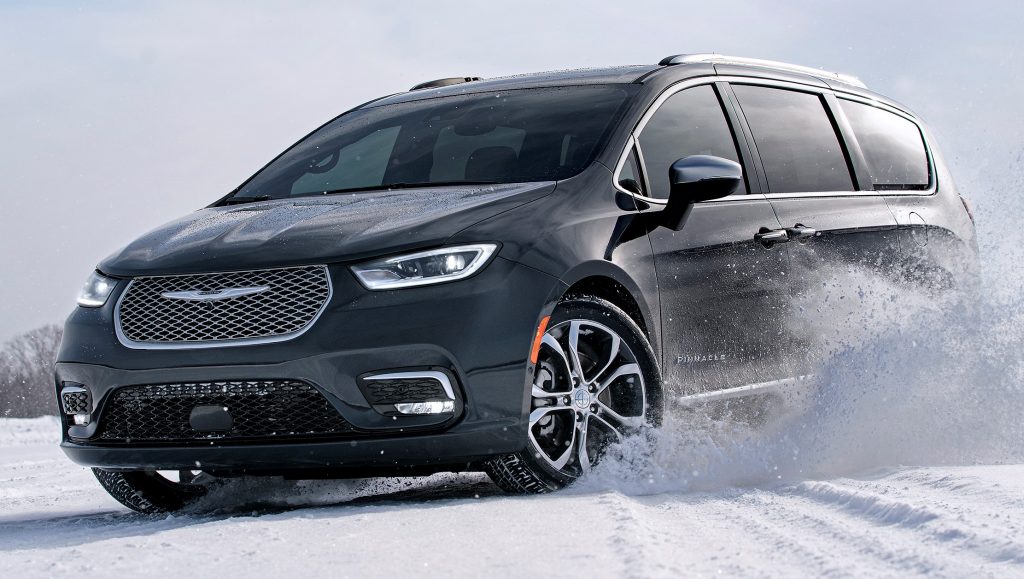
Alfa Romeo (1910)
This car brand has always struggled to translate its glorious racing history into strong sales. Fiat’s takeover gave it a full line in the 1990s, but also too much internal competition. Nowadays, it is a part of Stellantis’ roster of prestige marques which are waiting for a clear definition on what to do. In the meantime, it gives us the Giulia and the Stelvio, which are a true feast for our eyes and ears, and the more sensible Tonale.
Chrysler (1925)
In the 1960s, Chrysler epitomized the “American way of life”: huge cars that had lots of chrome and acres of internal space. In the 1980s, it drove itself out of bankruptcy with a sensible line that included the first minivans of North America. However, its financial health has taken so many ups and downs that it is now limited to two models. Stellantis says it will undergo a full reinvention soon, using only electrified cars.
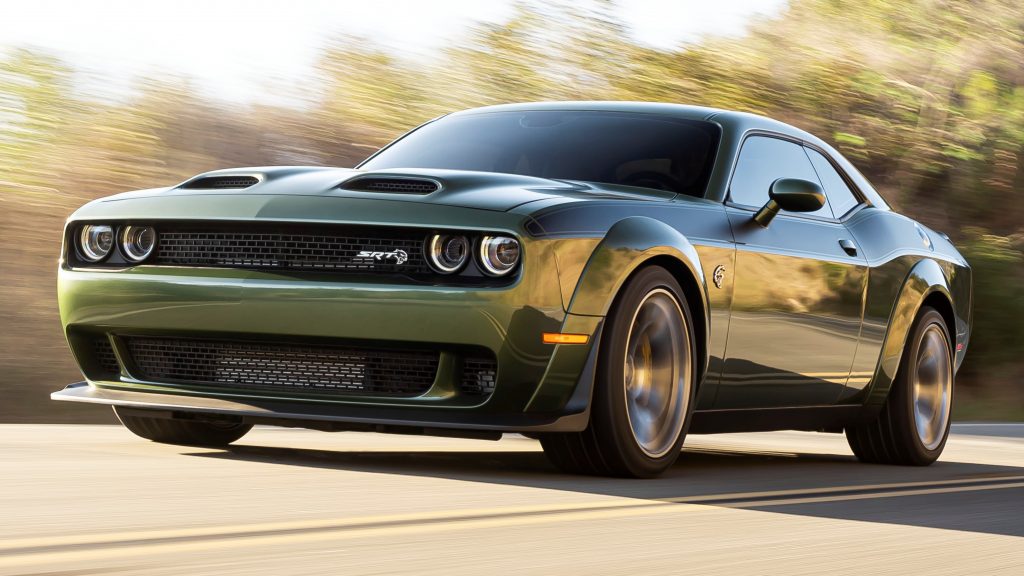

Dodge (1900)
This car brand made its image in the muscle car era. Coke-bottle design, flashy body colors, V8 engines, it had it all. However, times change. After enduring external crises and internal mismanagement of all types, Dodge entered a spiritual slump that lasted up to the 2000s. It managed to rebuild itself using the strong appeal of retro design but, as of now, it is currently preparing a full reinvention to enter the electrified era.
Fiat (1899)
The Italian powerhouse specialized in compact cars for a long time but ended up realizing that it needed more to stay competitive. Nowadays, it has two main branches: the native one, with emotional small cars like the 500e, and the Brazilian one, with a wide array of regional products that compete in several market categories. Fiat has a sporty branch named Abarth, with whom it collaborates both in Brazil and Europe.
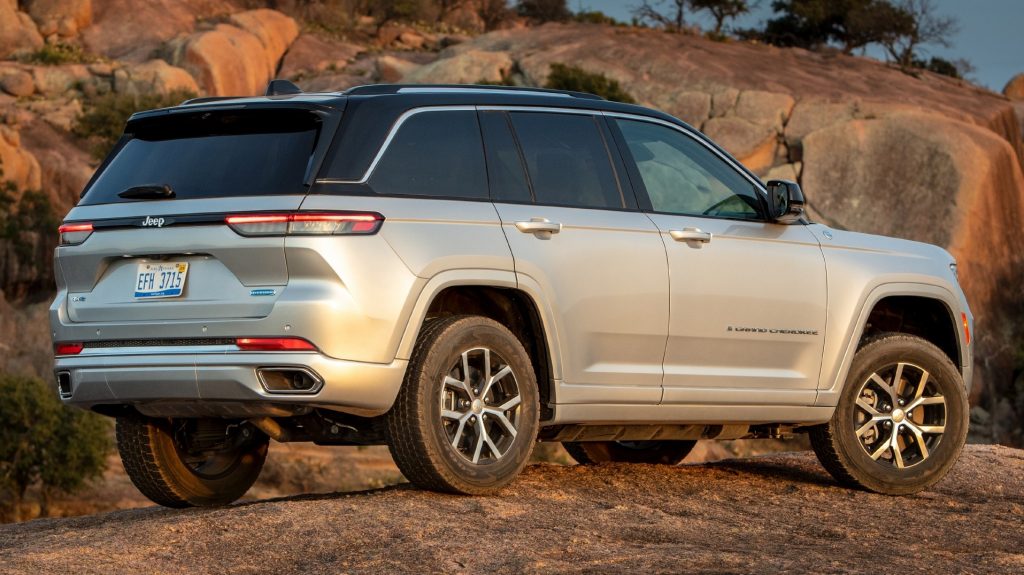
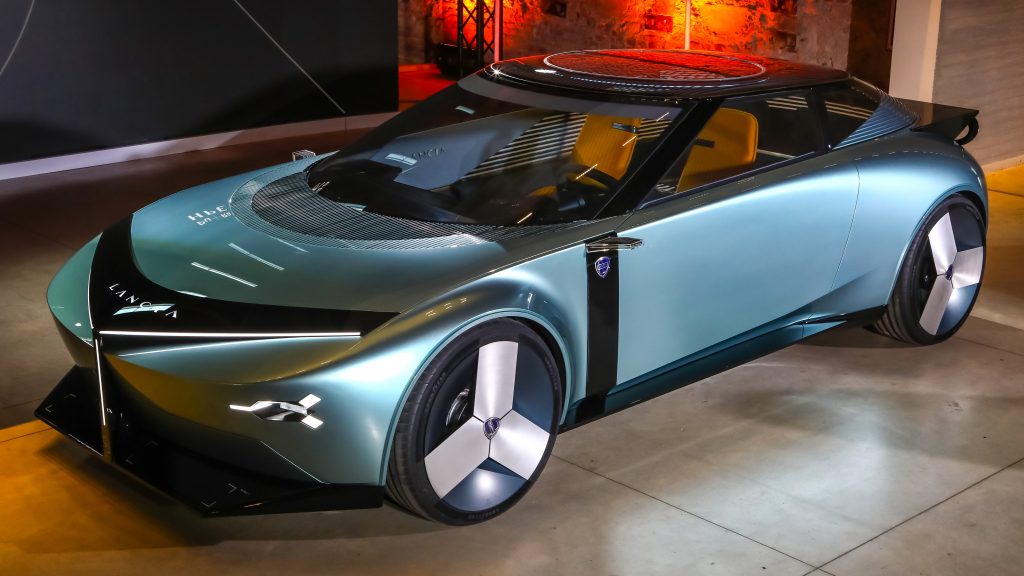
Jeep (1941)
After World War II, the CJ became a success among civilians. It sold so well that it attracted the interest of several larger companies in succession. However, most of them settled for keeping Jeep strong in North America. FCA was the first phase where the brand received a strong push towards the global market, with compact models for Latin America and Europe, and the adoption of plug-in hybrid powertrain options.
Lancia (1906)
Life is tough for middle children of all types. The Fiat group once tried to do a multi-level generalist family with Alfa Romeo, Lancia and Fiat cars in the 1990s. However, they were too many for the European market alone, so the plan did not work out. It tried to borrow Chrysler cars in the 2010s, but it did not help either. After spending years with only one car in only one country, it is finally about to enter a whole new phase.


Maserati (1914)
Like so many other supercar manufacturers, Maserati has built many fantastic models but never sold them steadily enough. Becoming part of a bigger carmaker was essential for its survival, but it did not come for free. After decades focusing on beautiful coupés and occasional sedans, Maserati now needs to offer SUV models as well. Fortunately, they are almost as elegant and sporty as the brand new coupé it also sells.
RAM (2010)
The company went all “divide and conquer” here. Once the Dodge brand shifted its focus towards sporty cars, it no longer made sense to keep the Ram lineup under its name. The full-size pickups formed a new division of their own, along with some panel vans, and have been building their name. Their latest victory came in Latin America, where all the models available are selling out fast. Some even have long waitlists.
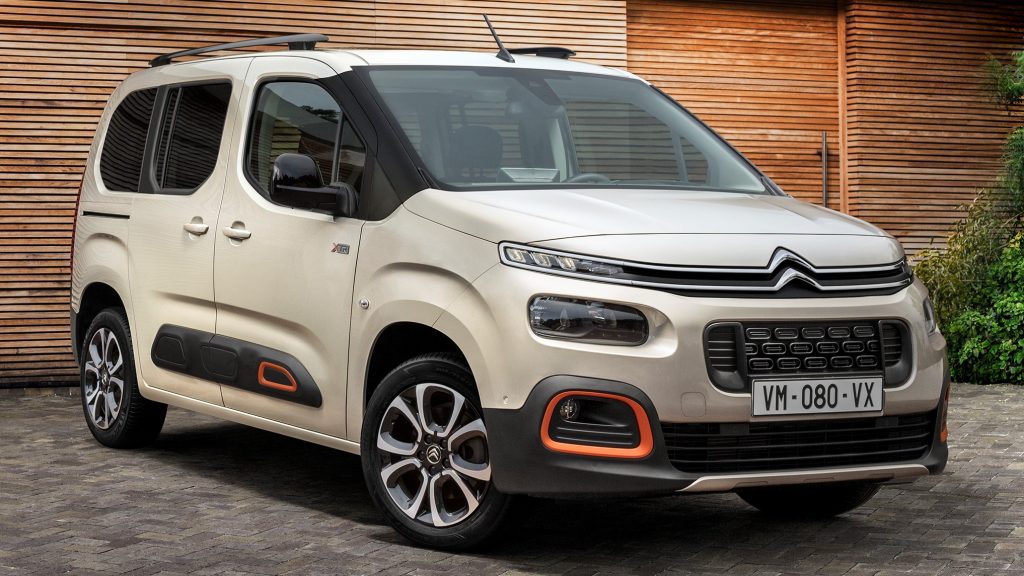
Groupe PSA (1976–2021)
This car group first appeared in 1976, after Peugeot took a controlling stake in Citroën to prevent it from going bankrupt. At first, Peugeot’s stable finances were improved by the CX and GS’s success, but things changed in 1980. The group acquired the failing Chrysler Europe subsidiary mostly to take control over its factories, but that harmed its finances up to 1985. Nevertheless, the group still reached high sales figures.
After that, PSA started a phase of high commonality between Peugeot and Citroën cars – some were just badge-engineered versions of the same one. That would change in 2014, after a new financial crisis: both the Dongfeng Motor Group and the French government purchased stakes and helped it restructure itself. PSA then went through such a strong expansion that it ended up acquiring Opel and Vauxhall in 2017.
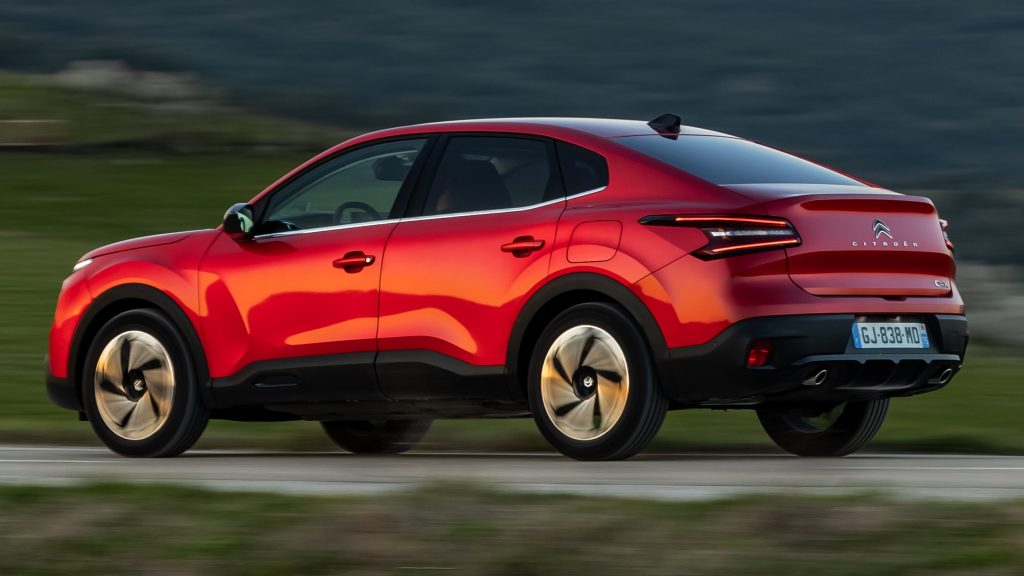

Citroën (1919)
Up to the 1970s, we can say that Citroën was one of the most artistic automakers in the market. It created many technical innovations, sure, but they used to be paired with unique design. Sadly, people turned out not to want so much innovation, and the car maker ended up burying itself in debt. After all the process mentioned above, Citroën now focuses on affordable, yet characterful and practical vehicles for Stellantis.
DS (2017)
Citroën ‘s flamboyant, artistic side never died with the latest mergers. It has actually earned its own space with the DS car brand. It was created before the Stellantis era to concentrate on a French interpretation of luxury. DS offers SUVs and sedans like many others, but gives them unique style touches such as the DRLs that resemble theater curtains. DS Automobiles is currently undergoing a heavy electrification process.


Opel (1863)
The German car brand was historically associated with GM. It served for decades as a development hub of platforms, even for cars that were never going to be sold under its name. In the 1990s, several ones went to Latin America under the Chevrolet division. The PSA, then Stellantis takeover took the spotlights away from Opel, but it remains a strong contender in Europe thanks to traditional names like Corsa and Astra.
Peugeot (1810)
After producing coffee mills and bicycles, Peugeot finally found itself in the car industry. The car company built its reputation on stoic, but resistant cars especially with diesel engines. However, it has always had a thing for sportiness, too. In the Stellantis era, it is responsible for an upper-generalist line that offers both traditional cars, such as the 308 hatchback, and unusual ones like the 408 and its coupé-crossover design.
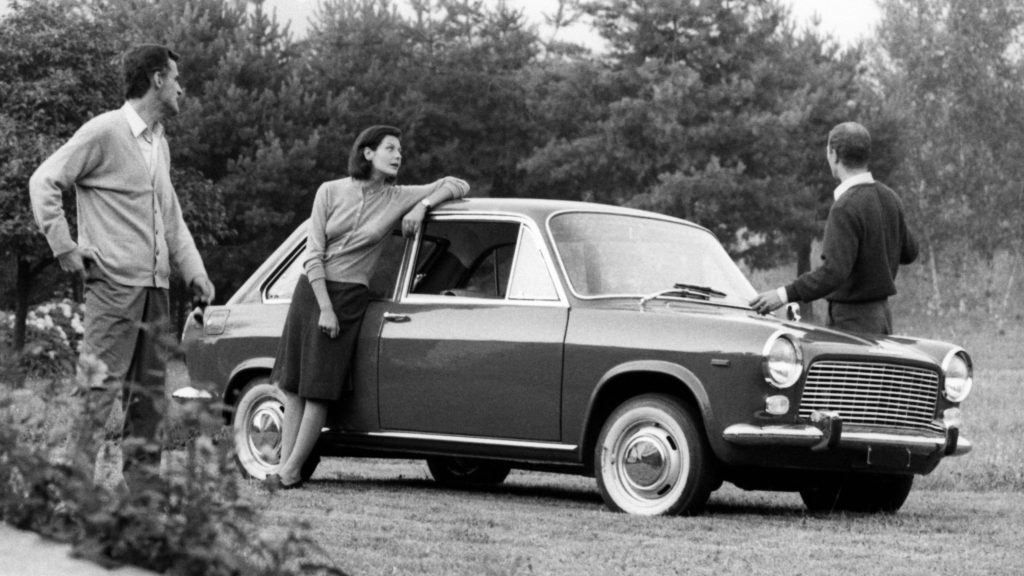
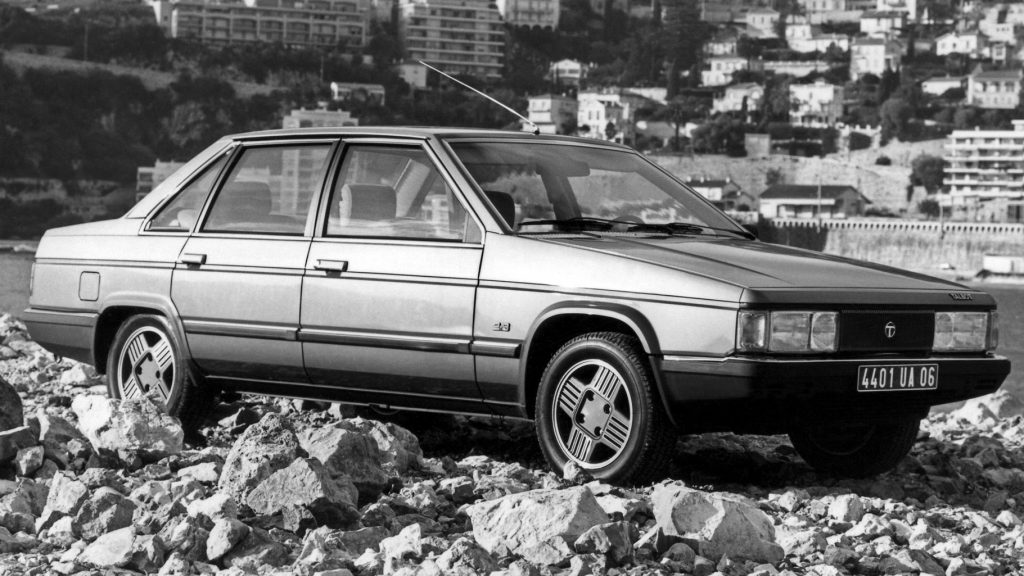
Vauxhall (1857)
The British car brand was born in the segment of marine pumps; it moved to cars in 1903. GM bought it in 1925 and slowly turned it into Opel’s sister brand. Basically, both are the same automaker selling the same cars, only as Vauxhall in countries with right-hand drive – the exception are few cosmetic differences like model and trim level names. There has never been any other case like that in the automotive history.
Extinct car brands
Stellantis has made the respectable decision to keep all its car brands active after the merger. Then again, the low-selling ones have received a deadline to prove themselves worthy of that effort. Having that said, we can only mention old brands here. Autobianchi and Innocenti focused on small cars, while Imperial and Plymouth were Chrysler’s luxury and entry-level branches. Talbot was a short-lasting French venture.
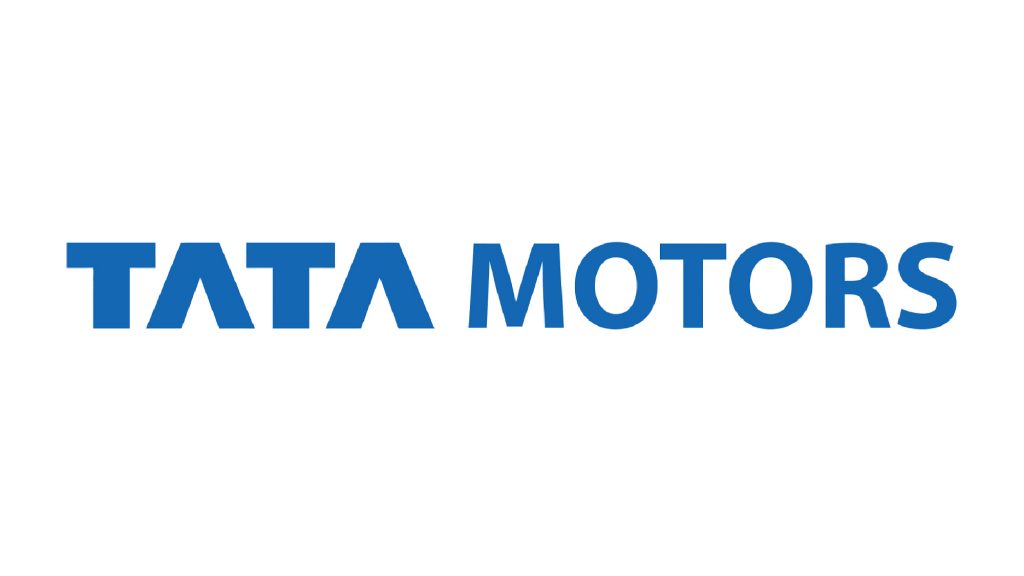
Tata Motors (1945)
The Indian conglomerate first ventured into automobiles in 1954, when it built a commercial vehicle along with Daimler. It eventually went to urban cars in the late 1980s and became the first automaker in India to offer a competitive local product. Over time, its growing sales led it to build other local products, like the Indica, and to try its chances among cheap cars. The Nano, however, did not perform well in the market.
Nowadays, Tata Motors works with buses, trucks and vans, besides cars. It also has several joint ventures to manufacture multiple parts. One of its biggest moves in the past few years was acquiring Jaguar Land Rover from Ford in the late 2000s. It gave the Indian automaker global prominence and gave the British automakers a new chance to thrive. They are Tata’s main branches in terms of the automotive industry.
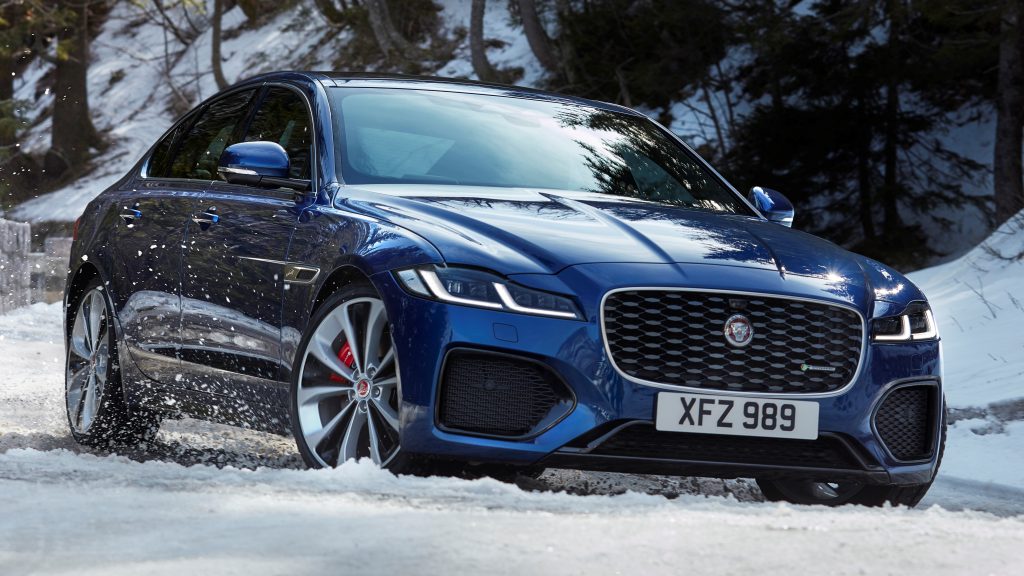
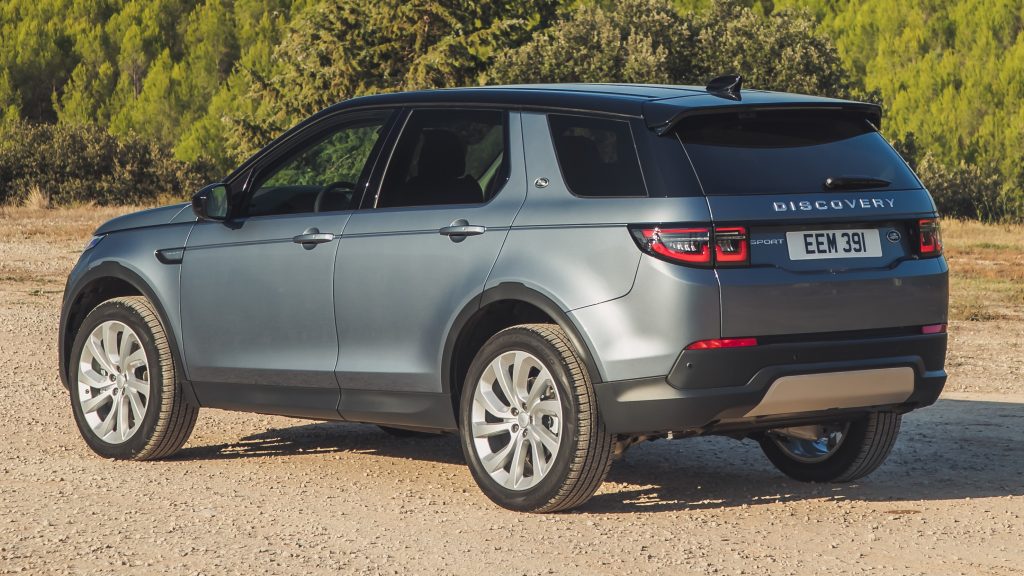
Jaguar (1922)
While producing beautiful sports cars and premium sedans, Jaguar went through several ups and downs. It made part of British Leyland through most of its convoluted history, but went to Ford in the late 1980s. Since the North American automarket could not make its luxury division work, it eventually resold Jaguar to Tata Motors. However, it was done together with Land Rover, which made a whole new luxury branch.
Land Rover (1948)
After years of producing rugged and basic off-road models, Land Rover gradually stepped up in terms of luxury thanks to the Range Rover. Nowadays, its SUVs have become popular enough to motivate a whole reinvention. Land Rover will be a part of the JLR company, and the model names will become sub-brands. This story is still developing, but we can expect Defender, Discovery, and Range Rover to emancipate.

Toyota (1937)
Hilux in the pickup realm, Prius among hybrids, RAV4 in the SUV segment… The Japanese giant has made its name in many segments over time. Toyota has built hundreds of car models of all kinds, whether under its own brand or with partnerships. An interesting part is that, while its rivals in auto industry of all types have used many branches and sub-brands for that, Toyota has made do with only a handful of them.
These days, Toyota is living an interesting situation: after investing itself so much in hybrid cars, it is now a little reluctant to embrace full electrification. Parallel to that, the company is doing a remarkable job with Lexus: it is giving more room for growth to its luxury brand by reducing the similarities between the cars each one sells. On the other hand, Daihatsu still relies mostly on badge-engineered versions of its cars.
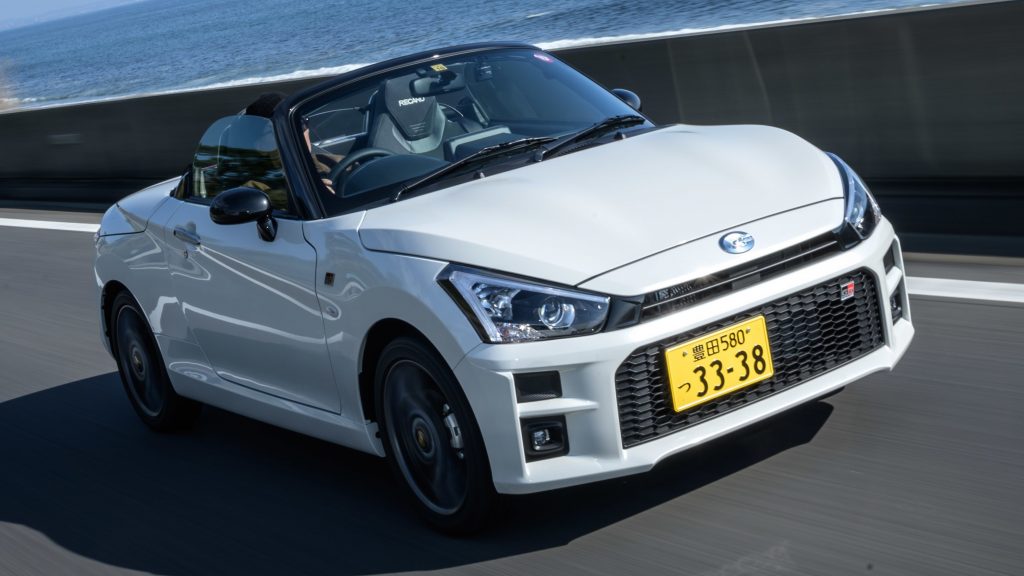

Daihatsu (1907)
One of the oldest Japanese automakers built its image with kei cars, off-road models, and three-wheeled vehicles. In general, it specializes at small automobibles of many types and operates mostly in Indonesia, Japan, and Malaysia (as Perodua). Toyota made it a wholly owned subsidiary in 2016: after that, Daihatsu started to sell several models in those regions with nothing but basic badge-engineering adaptations.
Lexus (1989)
Toyota founded its luxury brand in response to Acura: the goal was to strengthen its presence primarily in North America. Lexus started with nothing but rebadged models, but gradually evolved into developing a corporate image of its own. In fact, quite a strong one: its signature front design is characterized by a big and flashy radiator grille. Nowadays, the brand has several sedans and SUVs and even a full-size minivan.
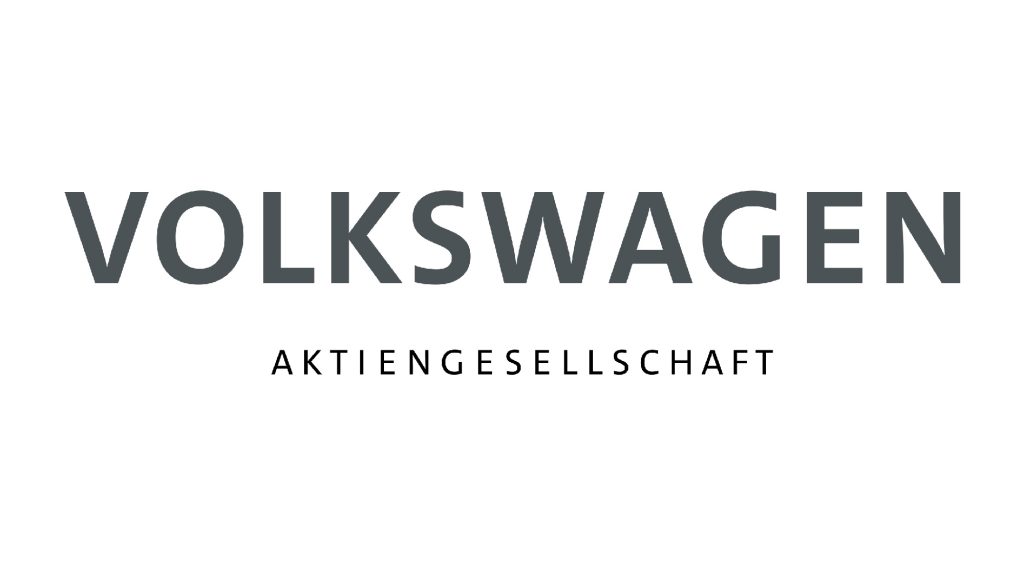
Volkswagen (1937)
The German automaker has gone a long way since its populous origins. The Beetle pioneer spawned a full line of air-cooled cars, then the Golf took the company to a new era. Volkswagen managed to build many successful cars over time, and not only in its home country. Nowadays, the ID family represents its latest venture: the company wants to embrace electrification while building itself a casual and premium image.
As you can see below, Volkswagen’s success was not individual. It made important acquisitions over time to expand its scope. Audi made its entrance in the luxury market, while SEAT and Škoda defend the group in the generalist market, and Porsche and Lamborghini compete among supercars. Last, but not least, the company has built a strong presence in China thanks to a unique strategy of two parallel joint ventures.
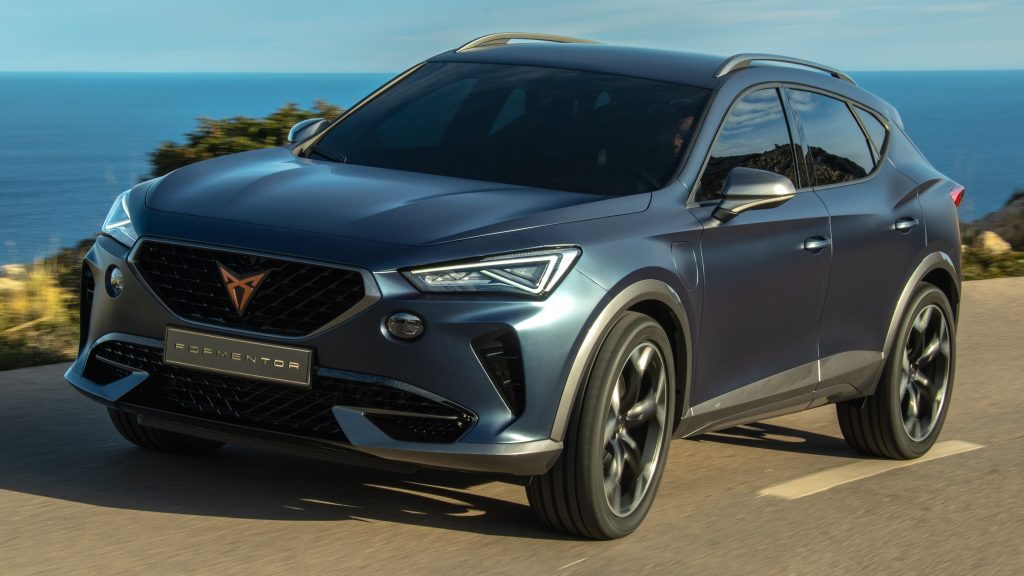
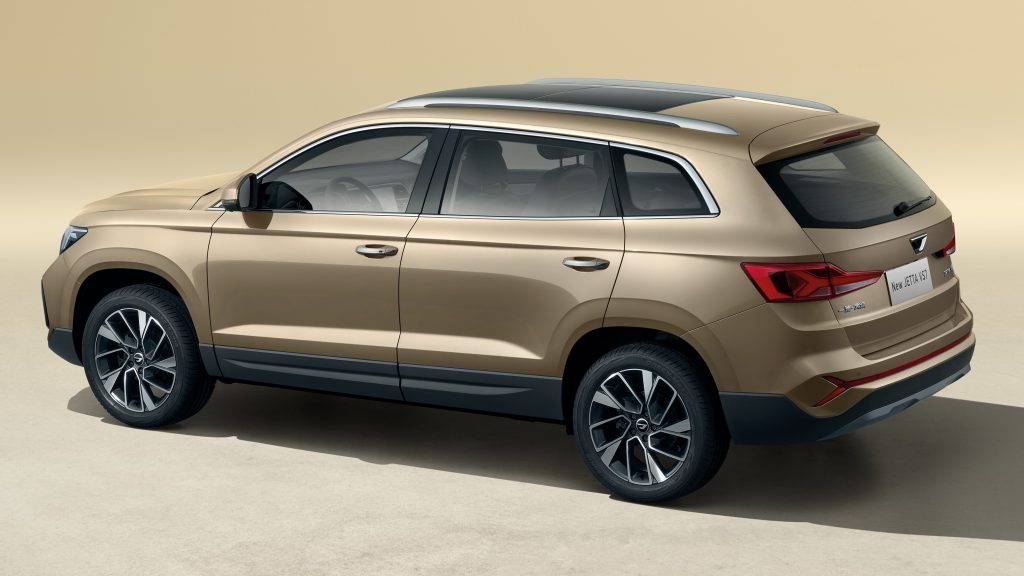
Cupra (2017)
This brand appeared in the 1990s as a discreet sporty sub-brand in SEAT’s lineup. It gradually built its own image and that earned it more space within the Spanish division. Nowadays, the group has made it a new division focusing on emotional cars with subversive design and electric powertrain. Despite being young, Cupra has already developed a strong corporate image using aggressive design and unique body styles.
Jetta (2019)
Volkswagen’s Chinese operation is unique, to say the least. The German maker partnered with two native companies decades ago, to comply with the local law of that time. However, they did not settle for simply producing foreign cars. They gradually built lineups of their own, with FAW reaching the point of making Jetta a whole brand. It focuses on low-cost markets and, so far, uses rebadged cars from the VW group.


Porsche (1931)
The car manufacturer made famous by the 356 and the 911 gradually entered the group in 2012. The new era granted investments that built a highly competitive line of sports cars and SUVs for Porsche. While all that diversity has cost some of its prestige, it has also brought enough money to invest in other ventures with focus on sports cars. The company has now a stake in Bugatti, which is also part of the Rimac group.
SEAT (1950)
The first big Spanish carmaker was born to build Fiat cars under license. It quickly grew especially in its home country, but that partnership ended in the 1980s. SEAT became owned by the VW group afterwards and became its sporty, yet affordable, branch. However, the recent prosperity of Cupra, its upscale brand, is raising eyebrows. We can expect SEAT to become a mobility division focused on electric motorcycles.
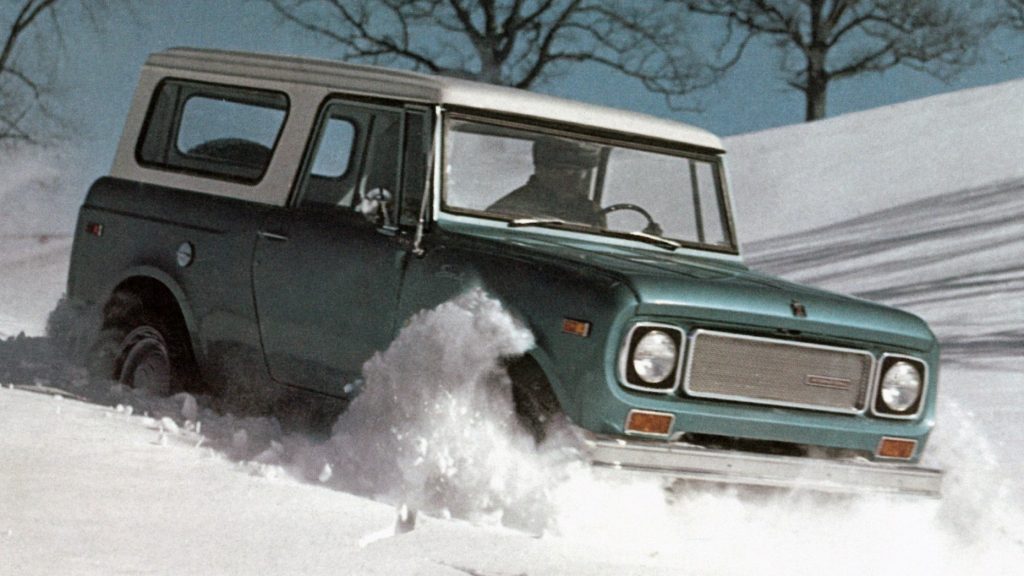
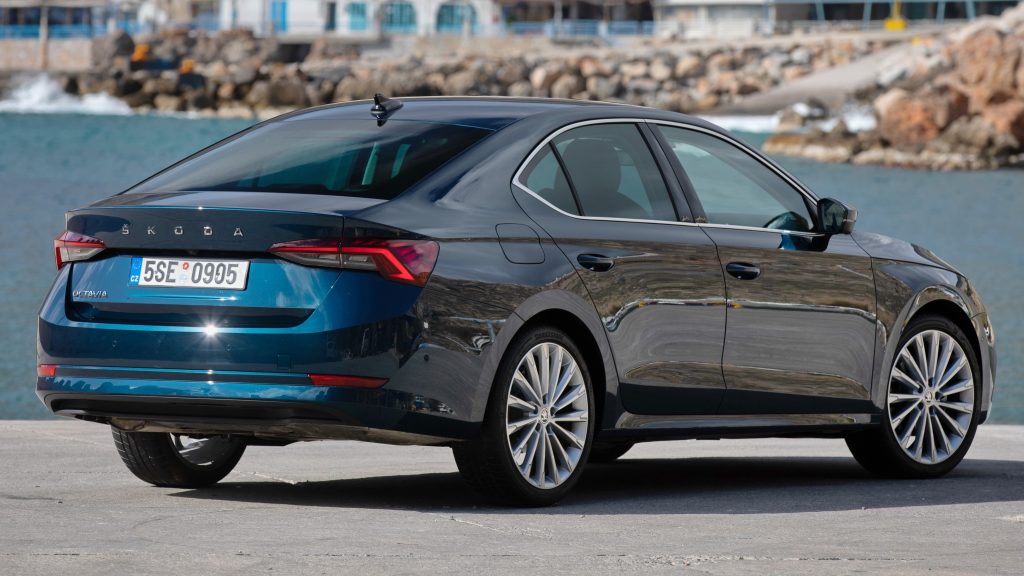
Scout (2022)
This name first appeared as a vehicle built by International Harvester. It was a no-frills off-roader that had several body versions and gained popularity for its mechanical resistance and its cute style. The fact that it was the smallest automobile made by a company that specialized in trucks also helped. Nowadays, VW is planning to make Scout a whole brand, this time aiming at SUVs and pickup trucks for North America.
Škoda (1895)
The Czech automaker spent many years in a financial limbo, making cheap cars with low quality that used to be fodder for jokes. Volkswagen gradually acquired stakes until making it a wholly owned subsidiary in 2000. That led Škoda to a full line of high-quality models and the subsequent improvement of its image. Nowadays, it focuses on rational customers while VW produces cars that target a premium audience.

Audi AG (1910)
This is the direct successor of Auto Union, a merger of four German automakers that happened in 1964. It also includes NSU, another company which the VW group acquired five years later. While Audi became an upscale branch, it has developed a unique image. While archenemies BMW and Mercedes-Benz focus on a classic interpretation of luxury, Audi strives to subvert conceptions such as what body styles to offer.
An interesting part of its history is that Audi AG has become a group within Volkswagen. It owns a high-performance subsidiary, Audi Sport, as well as luxury carmaker Bentley and supercar house Lamborghini. This subgroup has also managed to acquire ItalDesign, the studio created by car design legend Giorgetto Giugiaro. Along with Porsche, this cluster of brands has become the luxury division within the VW group.
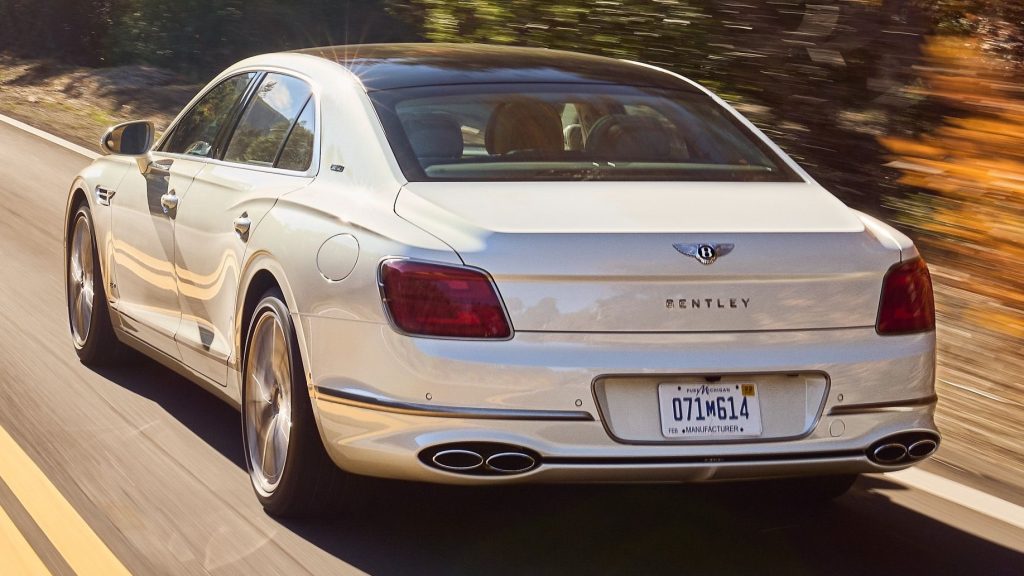
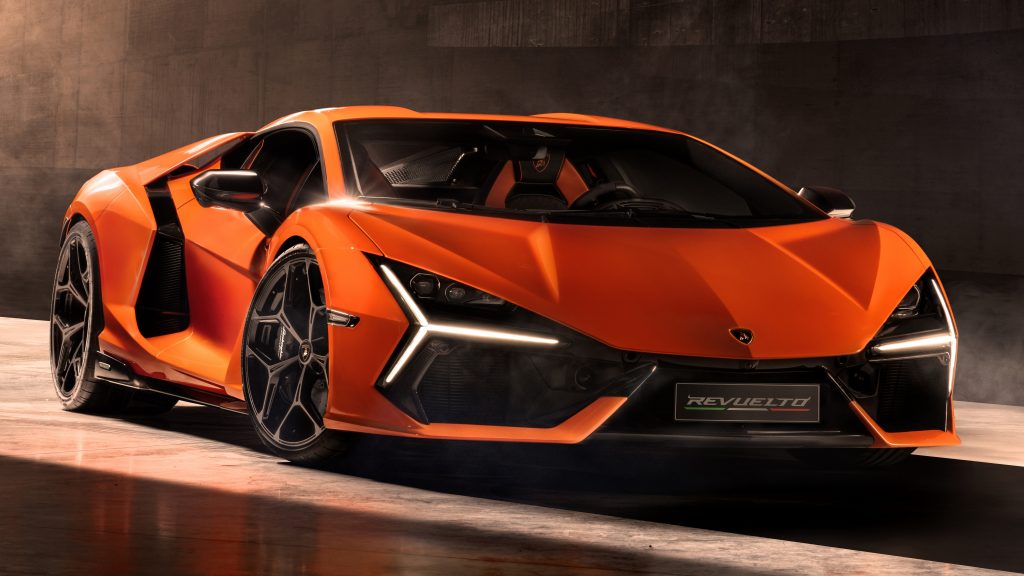
Bentley (1919)
Like many other British automakers, Bentley has a turbulent history. It was purchased by Rolls-Royce years ago, but was resold to Vickers once its former parent went bankrupt. Audi AG acquired the company in 1998 but BMW managed to snatch the rights to the Rolls-Royce brand. Audi focused on reviving Bentley, which is now thriving in the ultra-luxury global market with three core car models and a custom division.
Lamborghini (1963)
The automaker originally founded to take down Ferrari went through financial problems once its founder left. Lamborghini went through a brief partnership with Chrysler before becoming part of the VW group through Audi. The current car ownership has brought enough financial stability to fund the development of many competitive models. The latest is the Revuelto, its very first sports car to use hybrid powertrain.
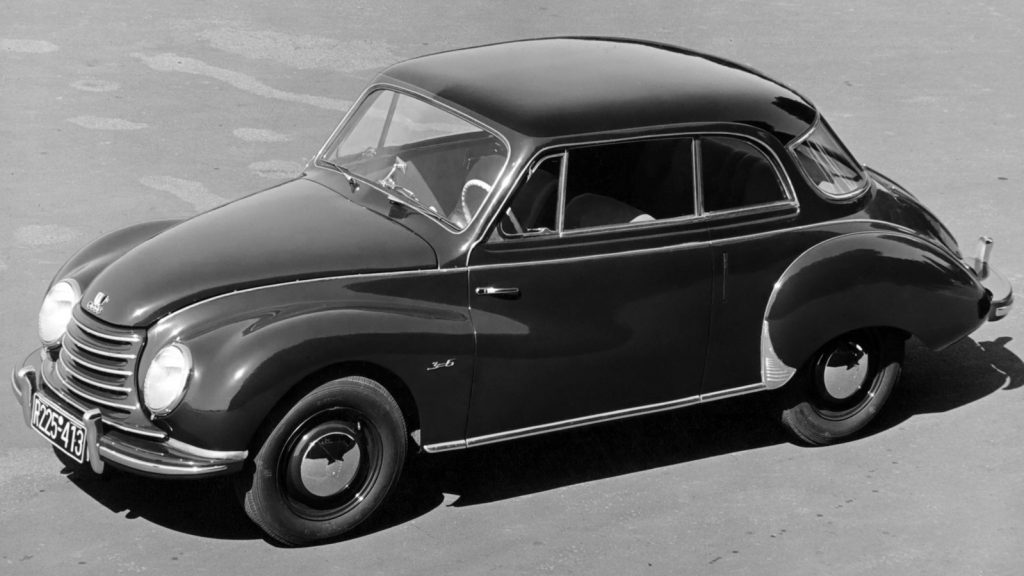
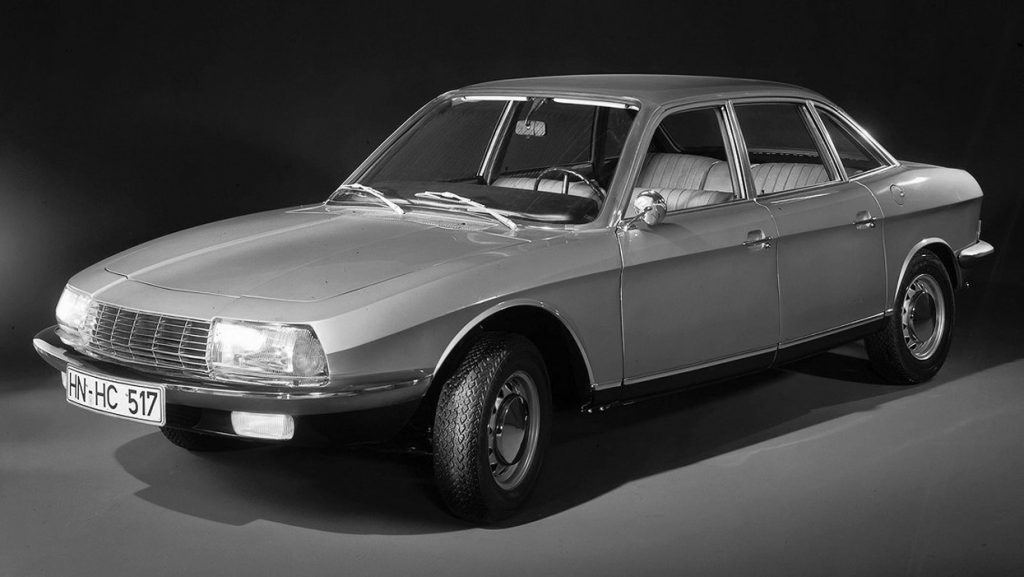
Extinct car divisions
The Volkswagen group also retains rights to five marques which are essentially Audi’s predecessors: Auto Union, DKW, Horch, NSU, and Wanderer. DKW and NSU were famous for their engines back in the day: 2-stroke for the former (it is more common on motorcycles) and rotary for the latter. Audi has briefly reused Horch to name a limousine version of the A8 in China, just like Maybach is being used by Mercedes-Benz.
Here, we omitted the automakers that do not work with multiple brands. That is the case with Mazda and Suzuki, for example. We have also omitted smaller groups, like Mahindra and Great Wall Motor, because they are still establishing their portfolio in the automotive market. Then again, whenever there is another important event in this topic, we will make sure to update the article. I hope you enjoyed the reading!
Danillo Almeida has explored his passion for cars in two distinct ways. The first one is his graduation course in Mechanical Engineering, which will hopefully lead to a job position in the field. The other one is expressing his knowledge and opinions on the matter through writing. Almeida has already contributed to blogs, stores, and websites in general writing automotive content in many formats.

